Field Trips & Tours reservation closed on July 19, 2023.
| M1: Matsushima-Ishinomaki 松島-石巻 |
M2: Mount Zao 蔵王連峰 |
M3: Chusonji temple-Geibikei gorge 中尊寺-猊鼻渓 |
|
|---|---|---|---|
| Date | August 20, 2023 | ||
| Maximum participants number | 80 | ||
| Place | Matsushima-Ishinomaki costal area and Sanriku Coast | Zao active volcano between Yamagata Prefecture and Miyagi Prefecture | Hiraizumi in southern Iwate Prefecture |
| What to expect |
|
|
|
| Physical level | Easy | Easy | Medium (need to climb a stair approx. 15 min to go to the temple). |
| Price(Tax included) | 16,500JPY | 16,500JPY | 16,500JPY |
Matsushima (松島) is one of Japan's three most scenic views, 松 “matsu” means pine and 島 “shima” means island, Matsushima is a group of islands in Miyagi Prefecture, Japan. It is famous for oysters and seafood. You will enjoy Matsushima Bay Cruise, Zuiganji historical temple (founded in A.C. 828), and lunch at Senshin-an Japanese style restaurant. We will also visit the Sanriku Coast by the Pacific, where Tsunami of the 2011 Great East Japan Earthquake hit villages and towns.
Physical level: easy
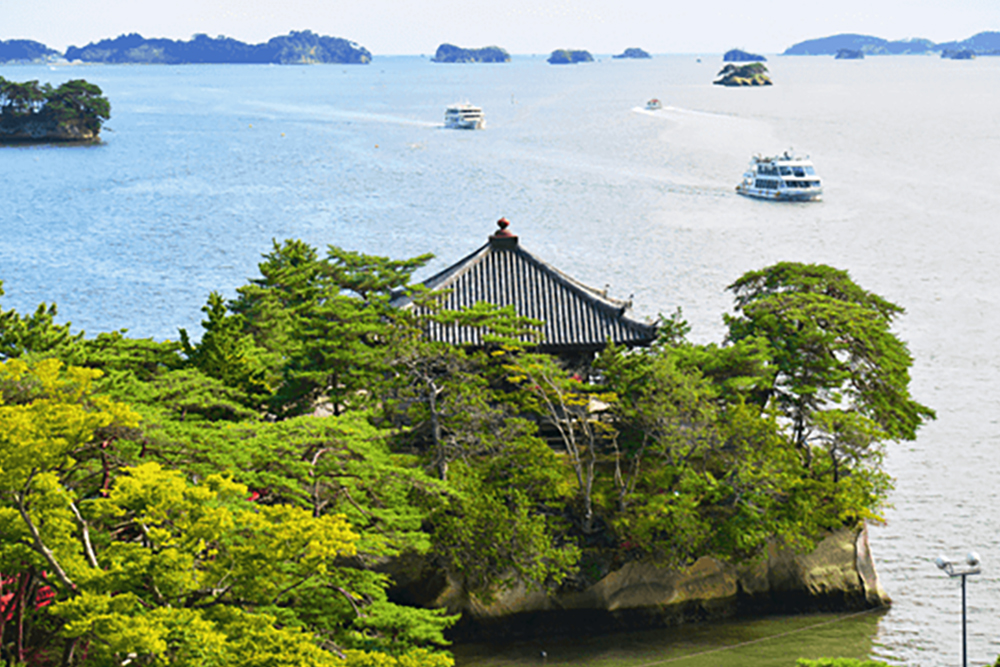
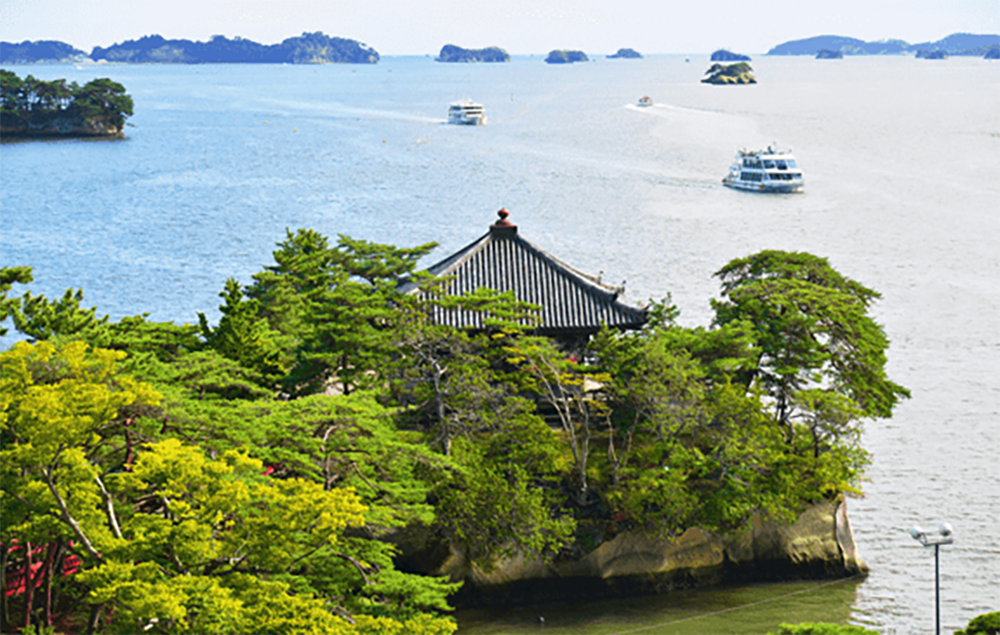 |
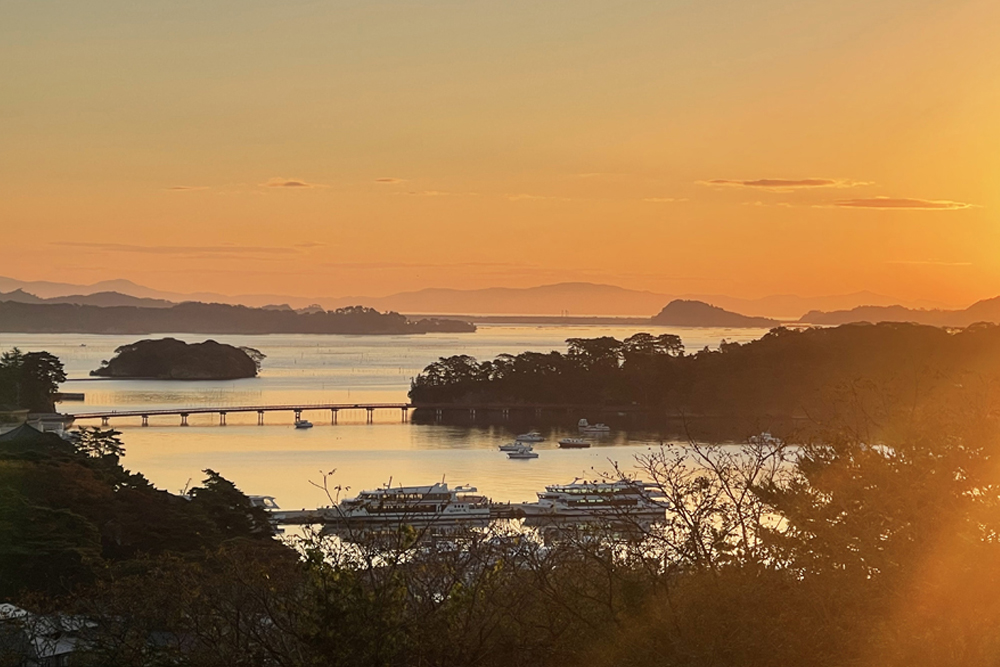
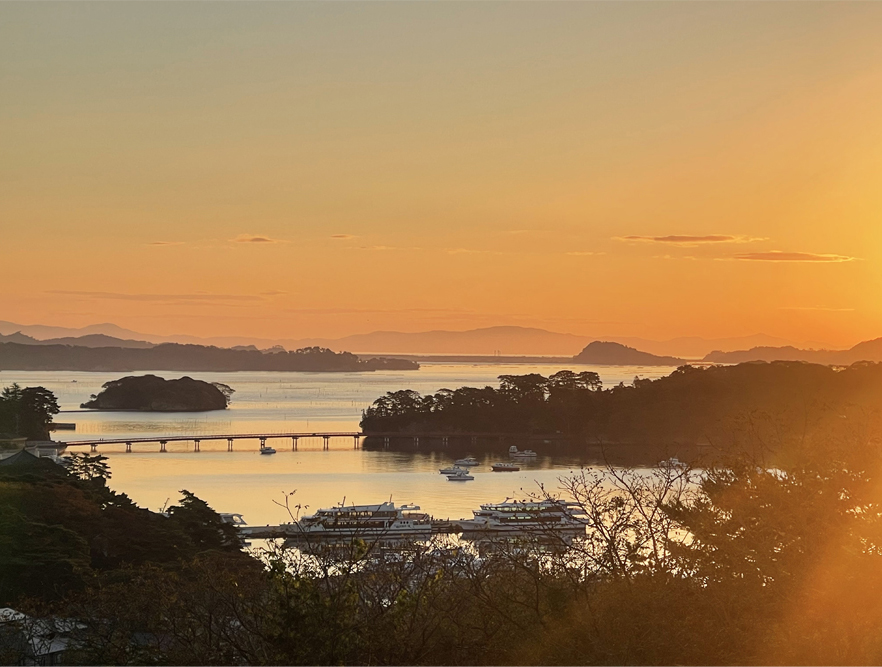 |
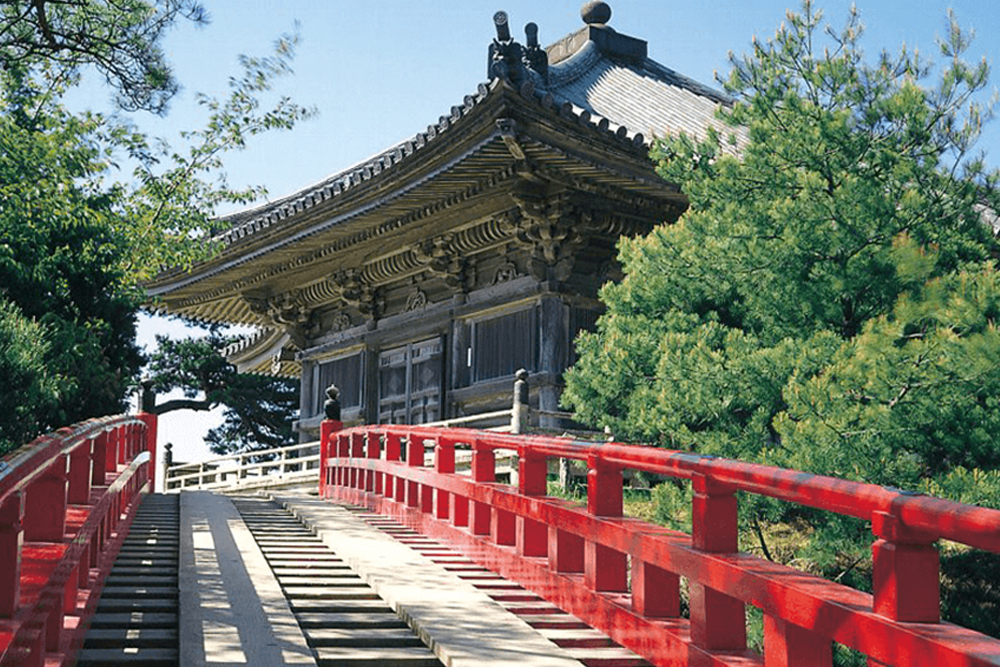
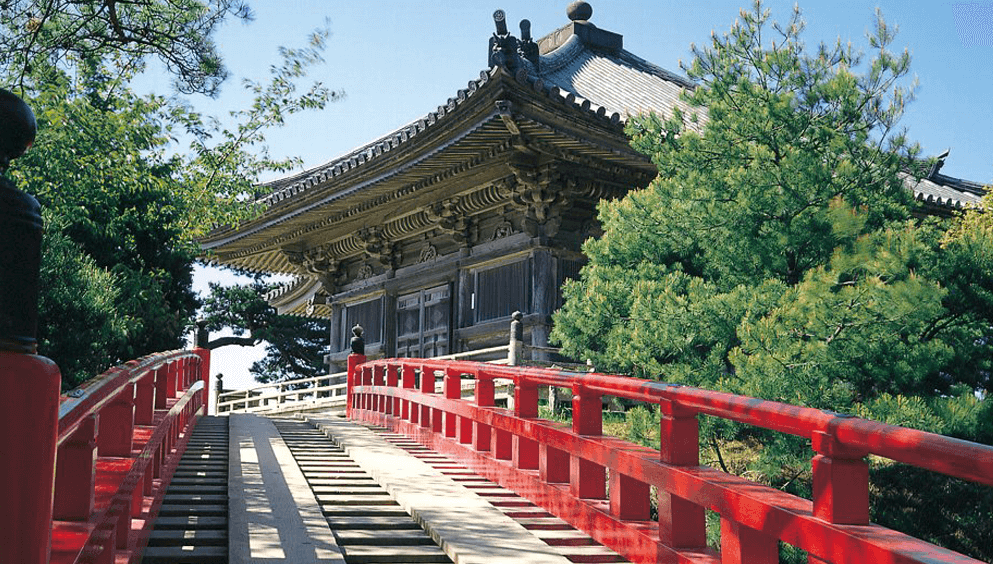 |
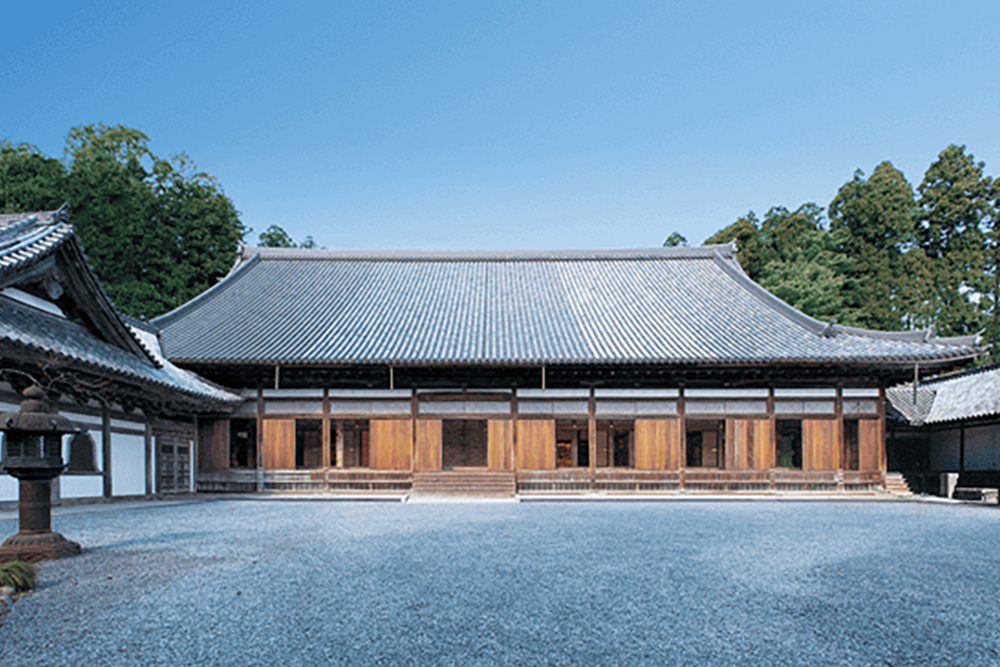
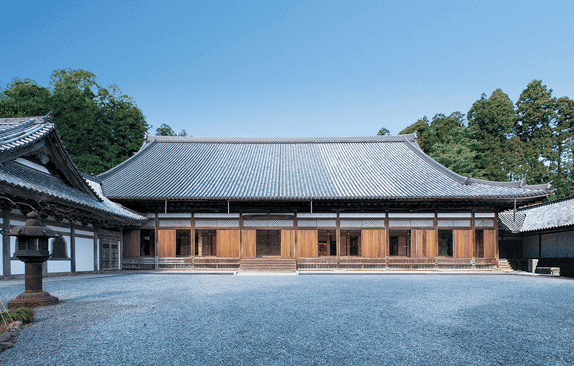 |
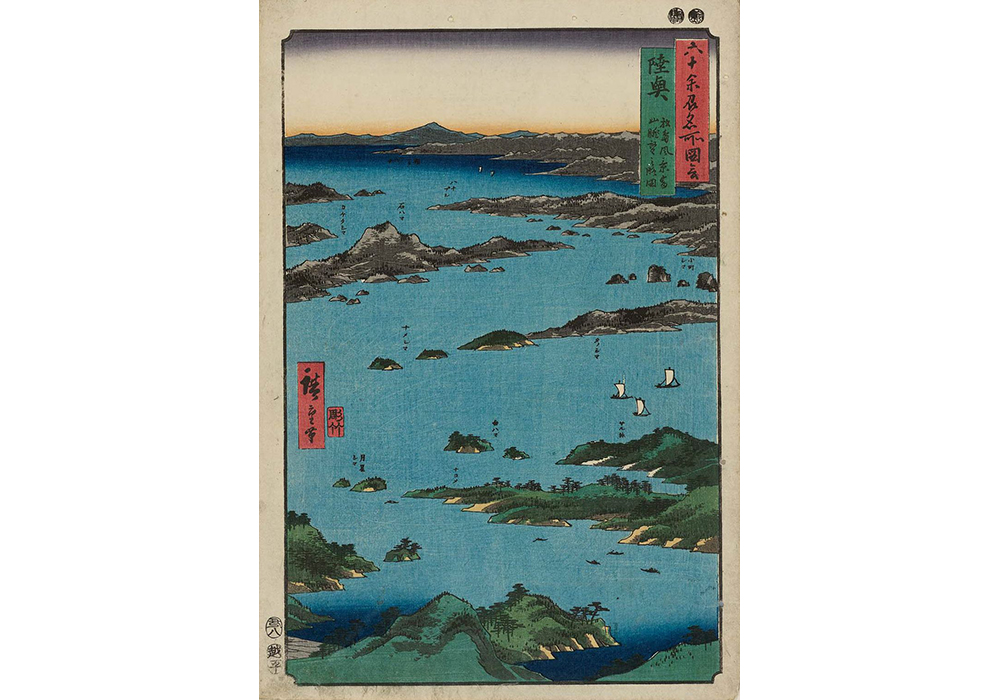
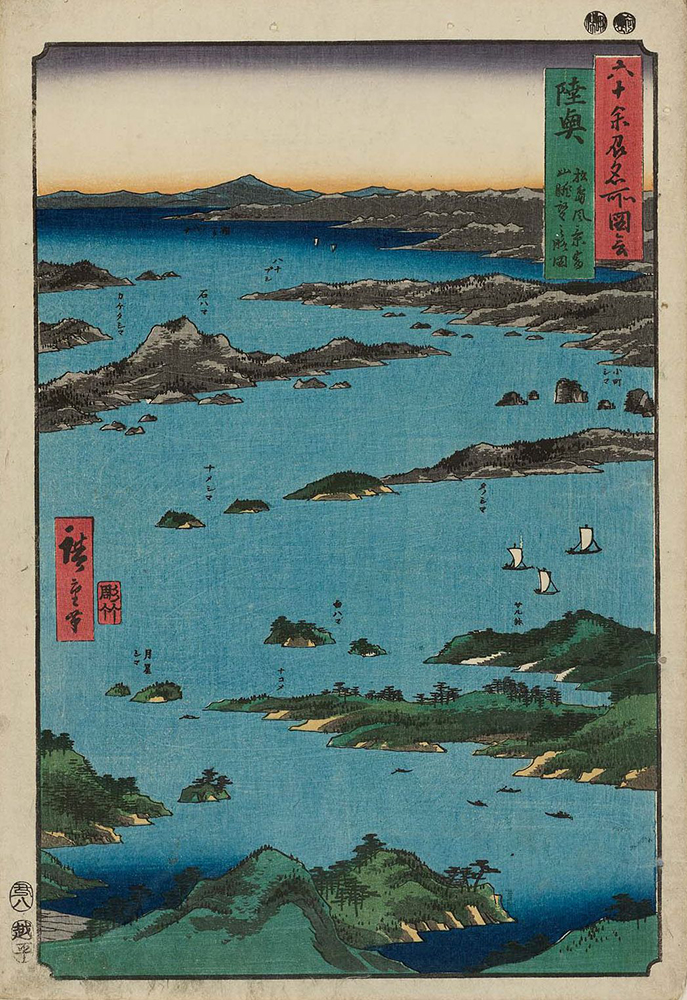 |
Source http://datebunka.jp/cp/9 https://collections.mfa.org/objects/217529
Mount Zaō (蔵王連峰) is a 1,841-meter-high active volcano between Yamagata Prefecture and Miyagi Prefecture in Japan, having a crater lake called “Okama”. It is one of Tohoku's most famous attractions, offering spectacular views from the top. It is possible to access the top by car. You will enjoy the volcanic excursion on the top of Zao mountain. Zao fox village is an open contact area for visitors and foxes, where foxes can walk freely and live in nature.
Physical level: easy
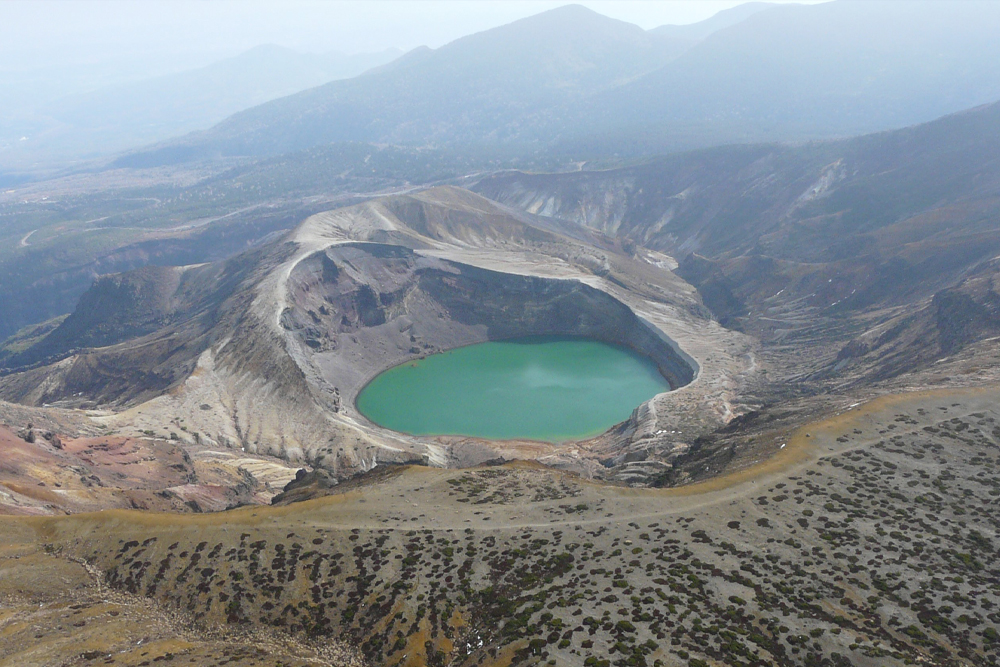
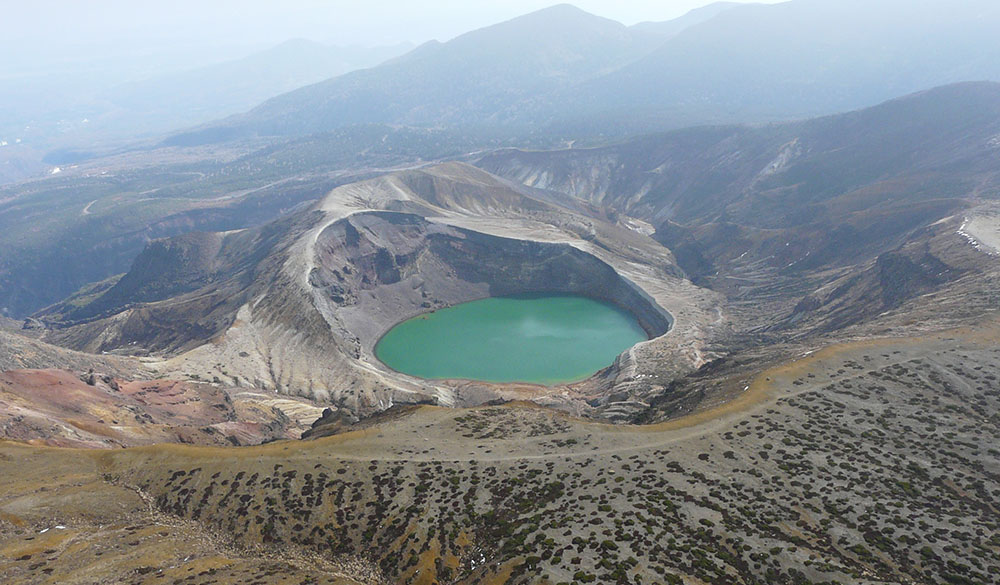 |
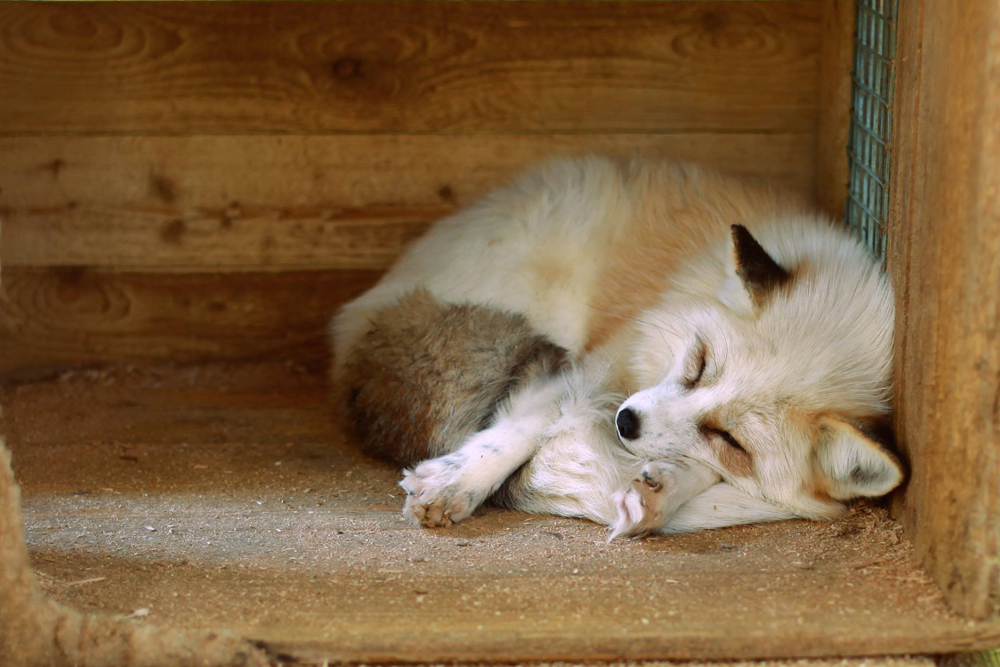
 |
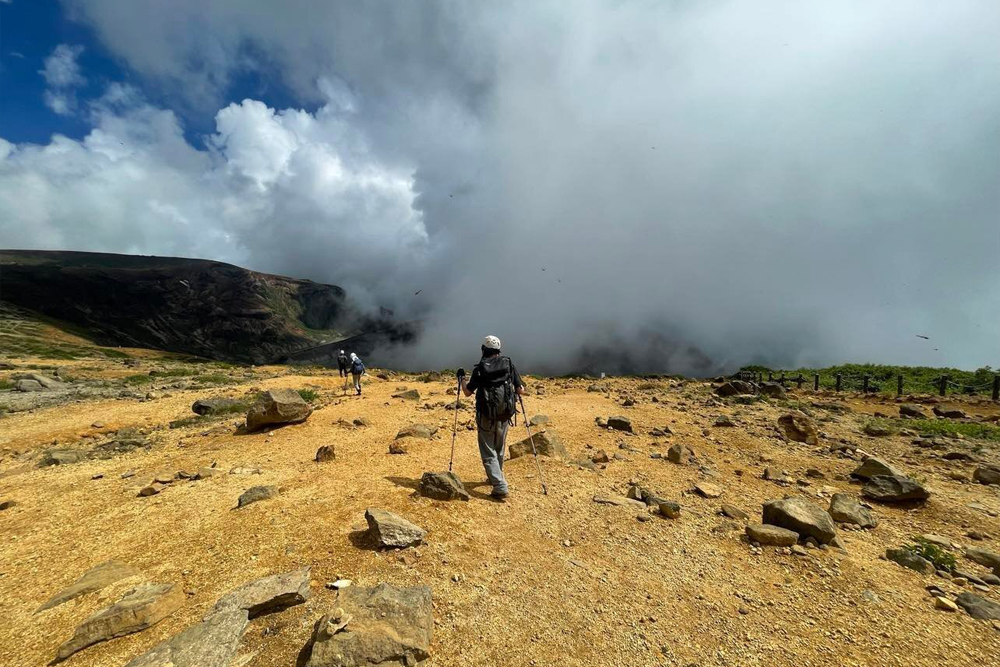
 |
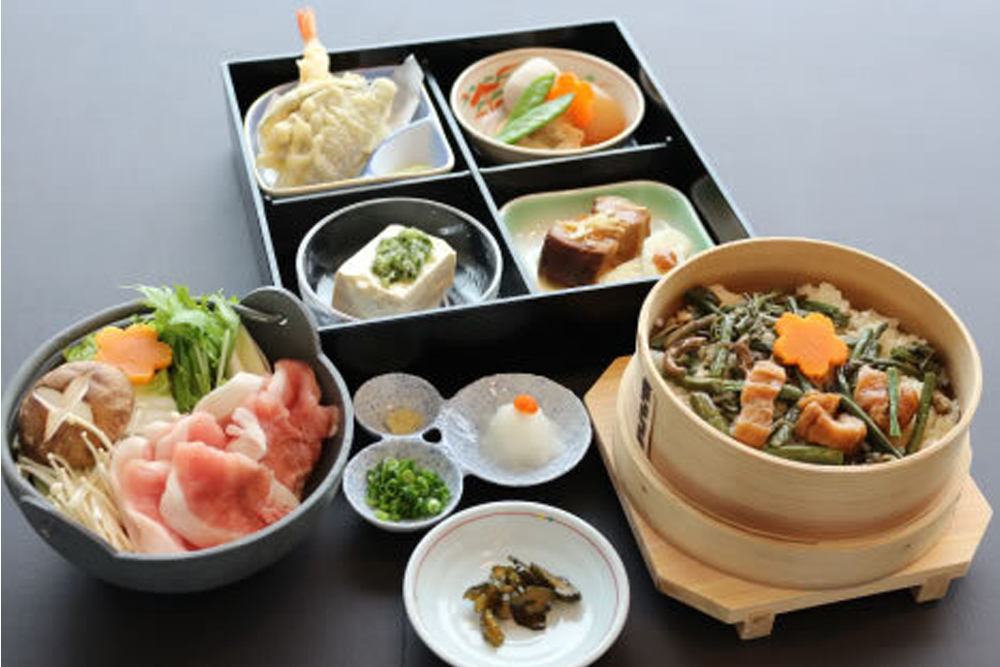
 |
Chusonji temple (中尊寺) is a historical Buddhist temple in the town of Hiraizumi in southern Iwate Prefecture, Japan listed in UNESCO World Heritage Site in 2011 as an important location of Pure Land Buddhism (founded ~A.C.850). It is famous for the golden hall called “Konjikido”. The temple offers many highlights including Benkeido Hall, Yakushido Hall and Hondo (Main) Hall. The temple is located in a knockout natural mountain area of Pliocene volcanic tuff. You will also visit Geibikei limestone gorge of the Paleozoic Kitakami Mountains and enjoy a cruise on a traditional boat.
Physical level: medium (need to climb a stair approx. 15 min to go to the temple).
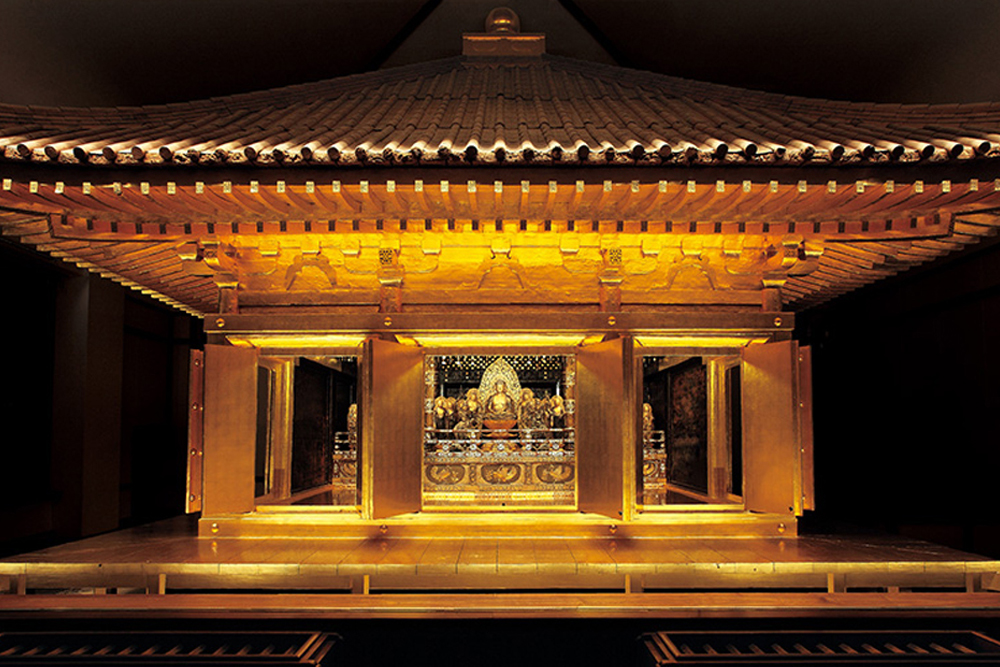
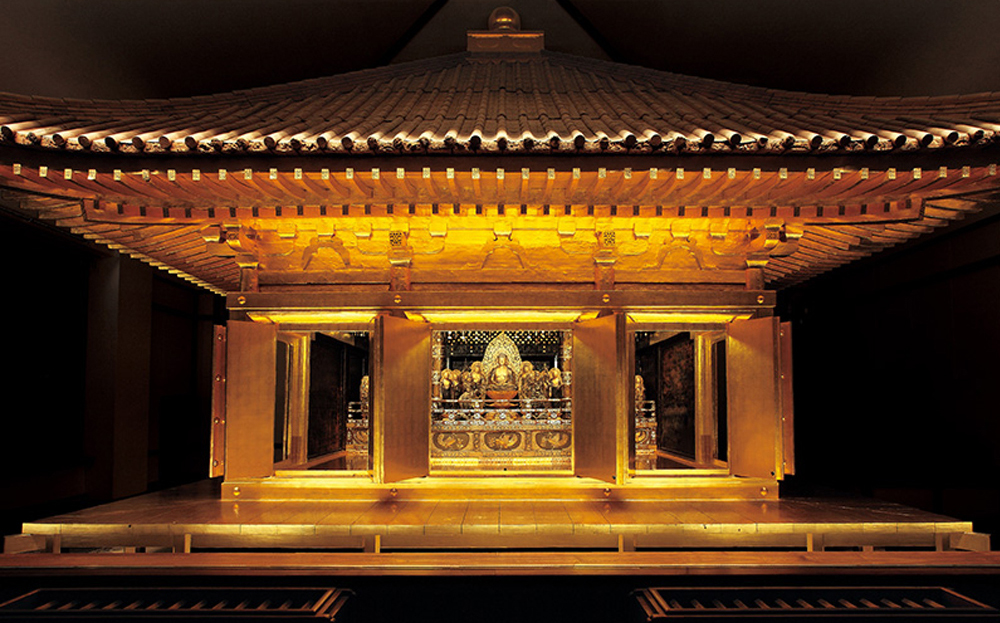 |
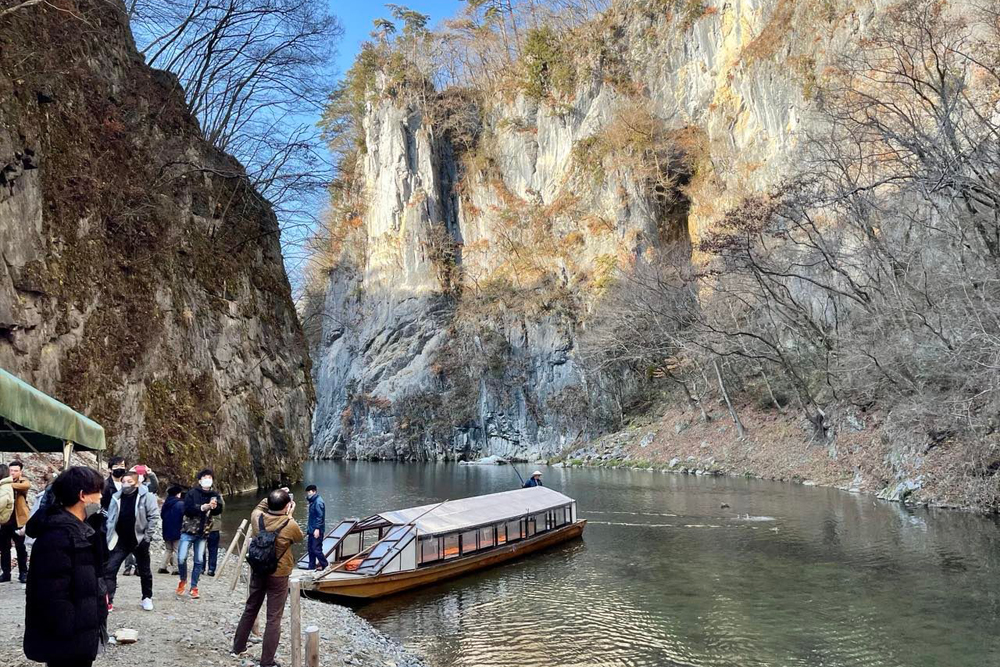
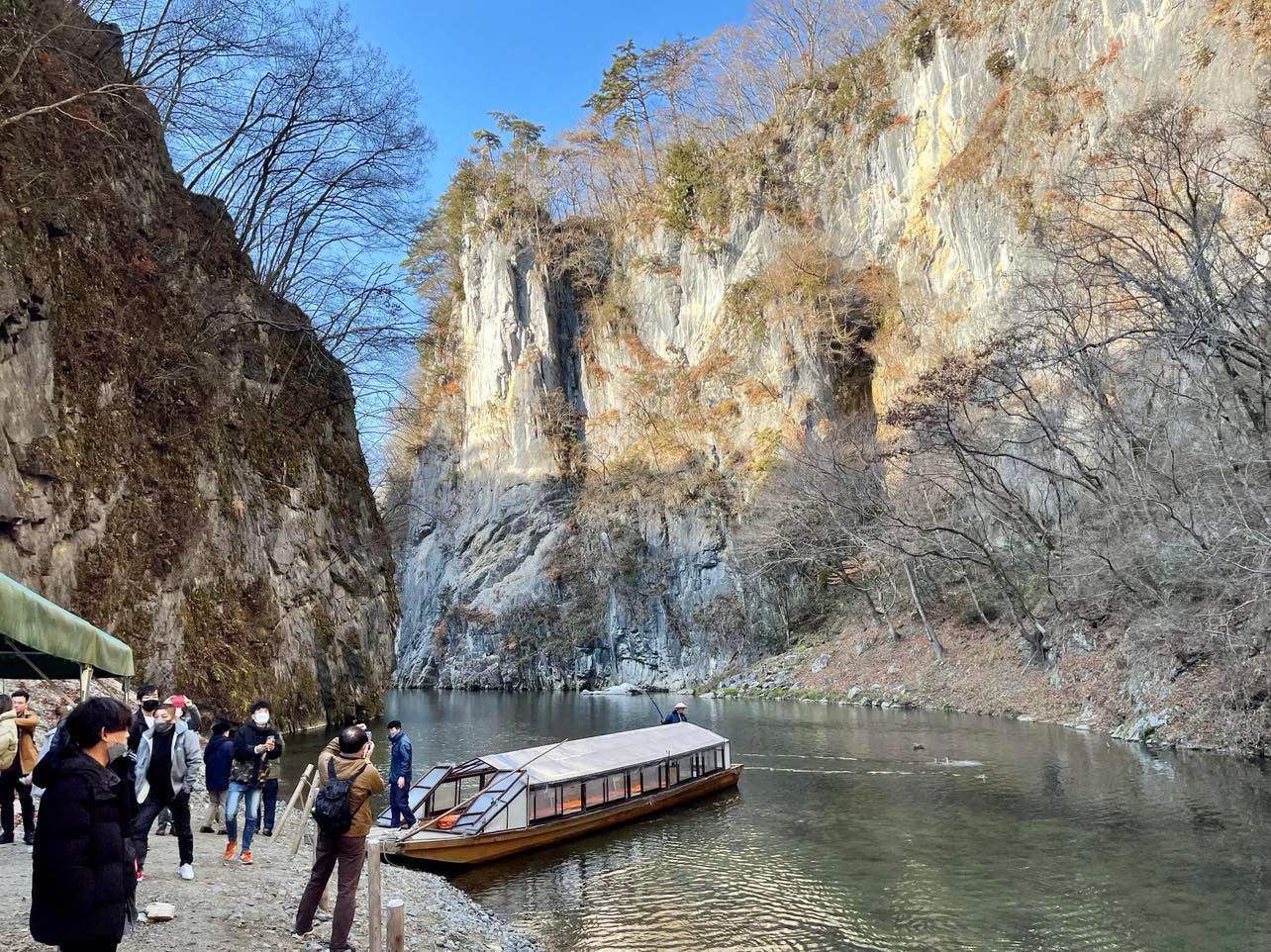 |
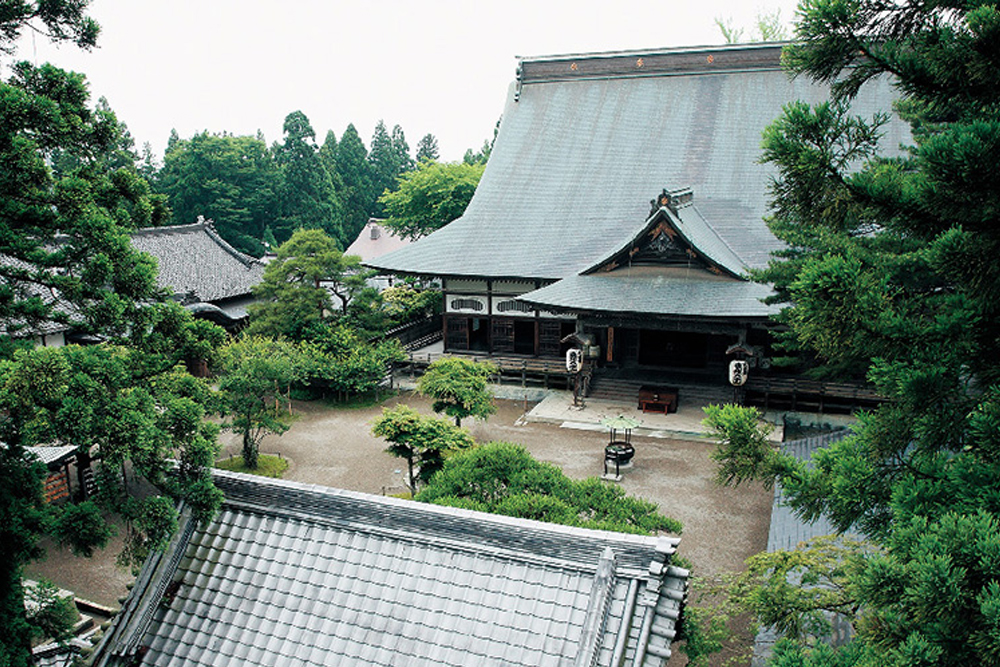
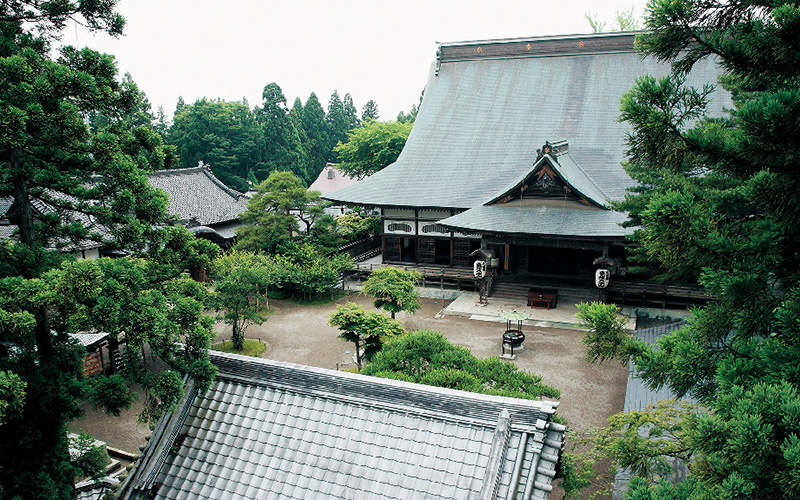 |
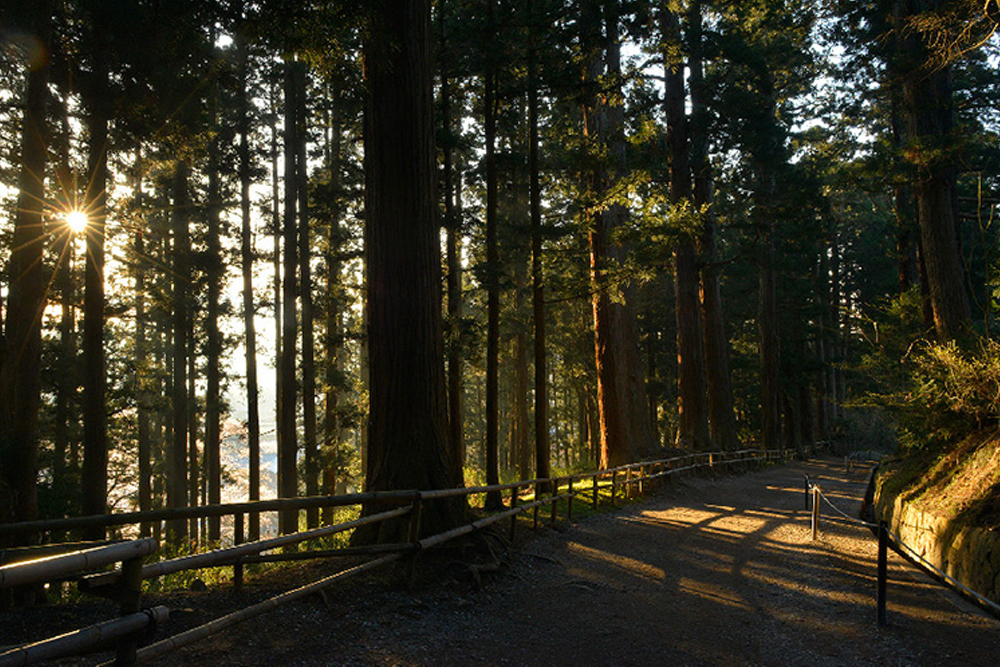
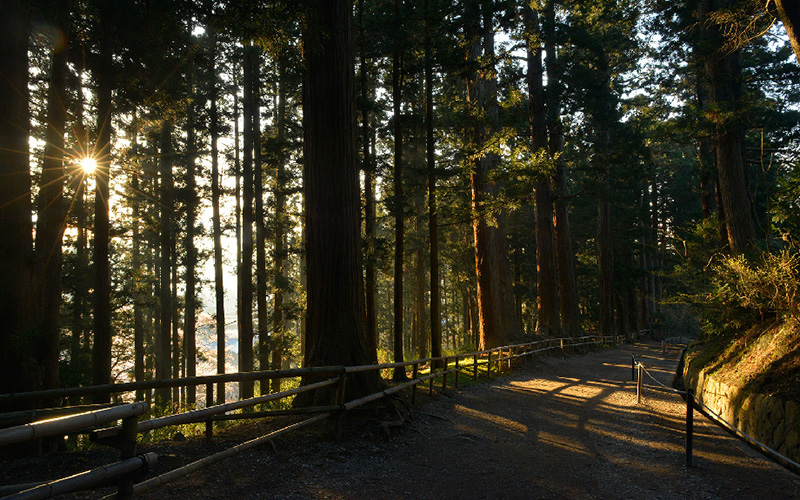 |
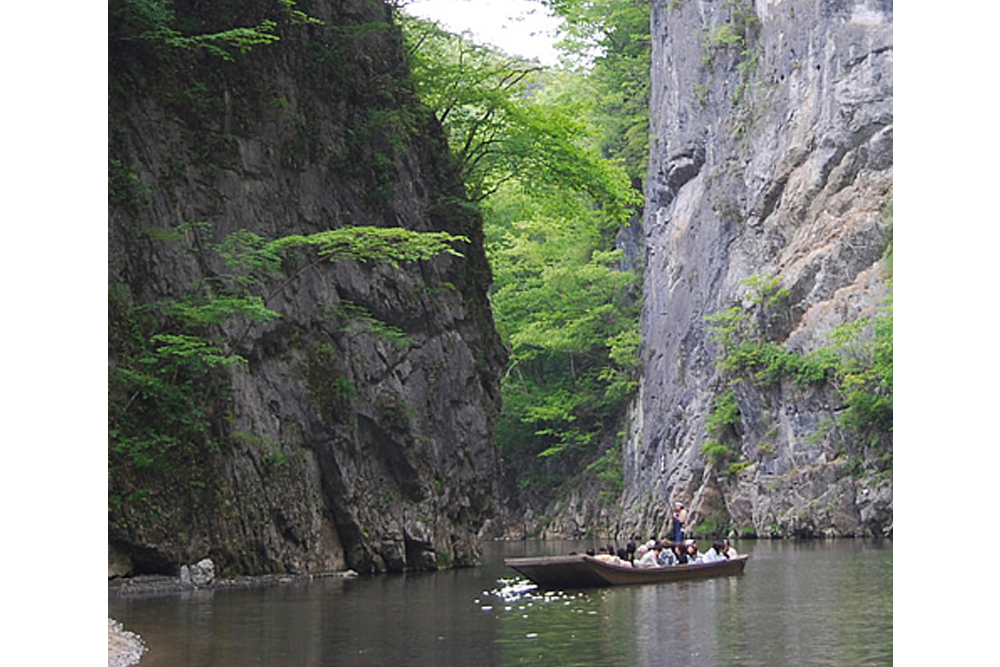
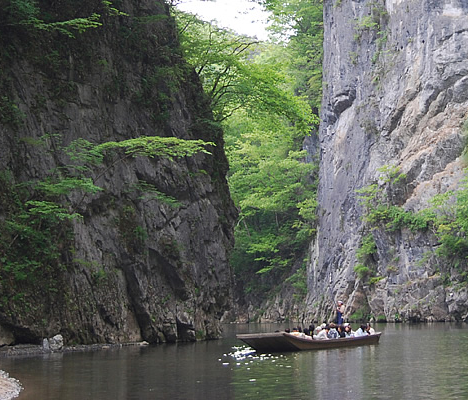 |
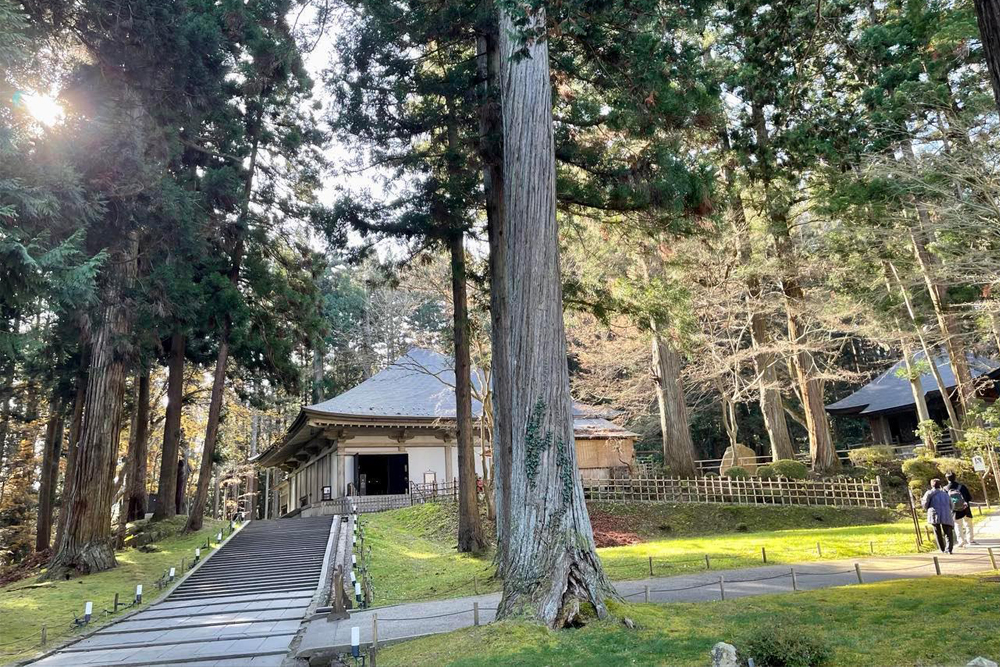
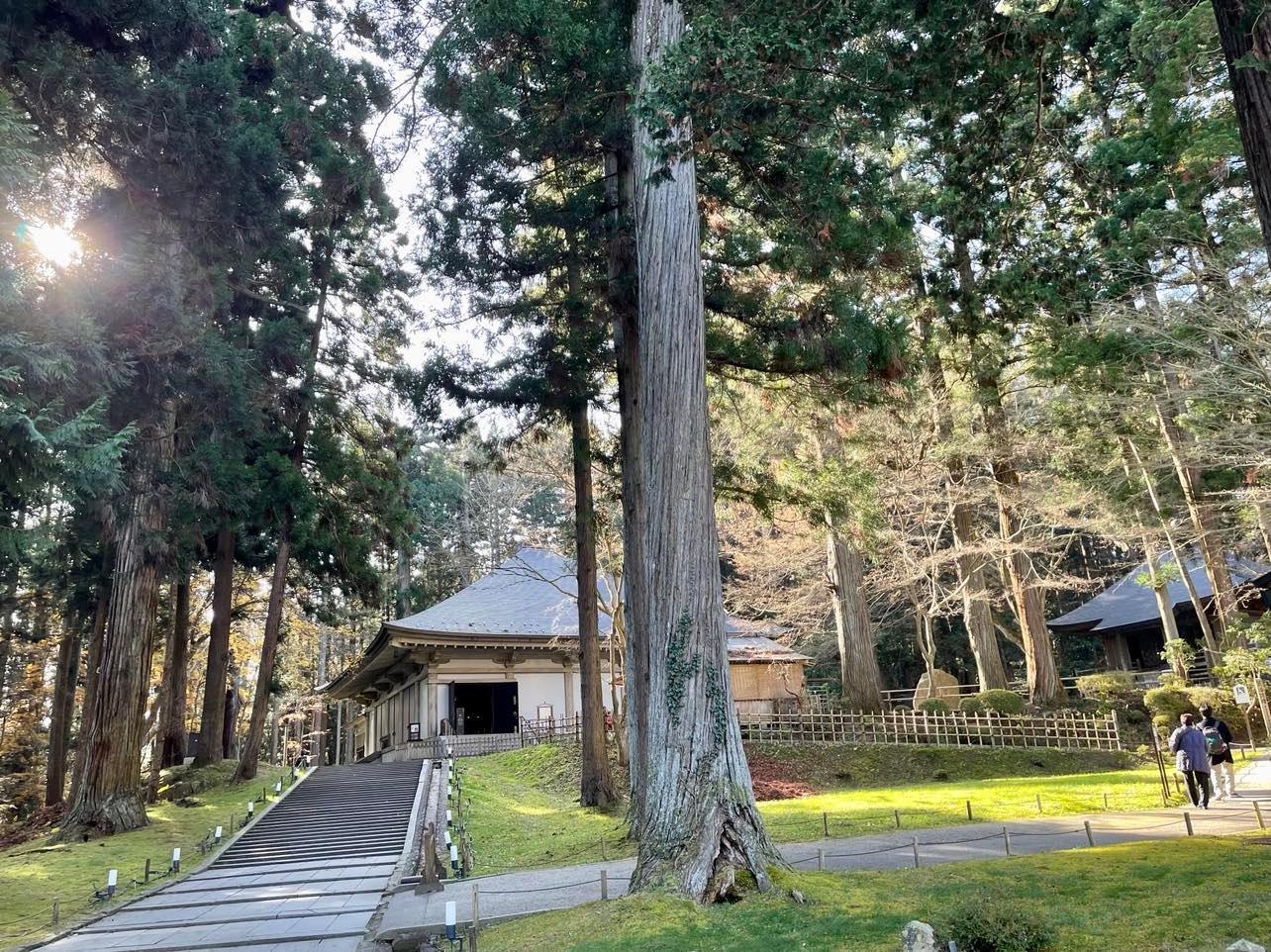 |
Source https://www.chusonji.or.jp/language_en/ http://www.geibikei.co.jp/
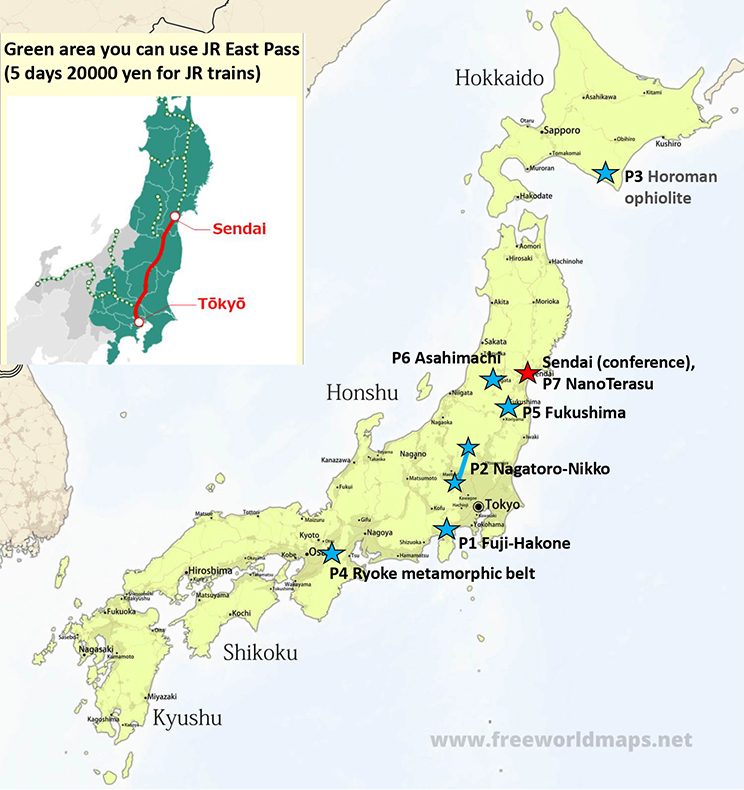
| P1: Fuji-Hakone 富士・箱根 |
P2: Nagatoro-Nikko 長瀞・日光 |
P3: Horoman ophiolite 幌満 |
P4: Ryoke metamorphic belt 領家 |
P5: Fukushima daiichi nuclear power plant 福島第一原子力発電所 |
P6: Asahimachi 朝日町 |
P7: NanoTerasu (New synchrotron radiation facility) ナノテラス, 放射光施設 |
|
|---|---|---|---|---|---|---|---|
| Date | August 23-25 | August 23-25 | August 23-25 | August 24-25 | August 23-24 | August 23 | August 23 |
| Maximum participants number | 40 | 30 | 20 | 17 | 20 | 25 | 30 |
| Meeting point | Odawara stn.(Kanagawa, near Tokyo) | Utsunomiya stn. (Tochigi, near Nikko) | New Chitose airport, Hokkaido | Kyoto University | Sendai stn. | Sendai stn. | International center subway stn, Sendai |
| Place | Fuji-Hakone, near Tokyo | Saitama-Tochigi area, near Tokyo | Hokkaido island | Kyoto-Mie | Fukushima | Yamagata, near Sendai | Aobayama campus, Tohoku University |
| What to expect | Fuji mountain and hot spring-volcano landscape | Sanbagawa high-pressure metamorphic belt and Nikko highland area | Horoman peridotite (One of the world's freshest peridotite, or mantle rocks) | Ryoke high-temperature metamorphic rocks & Granites | Nuclear power plant Fukushima dai1 and areas damaged by nuclear | Eco town and Japanese SDGs | 3-GeV Next-Generation Synchrotron Radiation Facility |
| Physical level | Medium (Hairpin turn and high altitude) | Easy-medium (walking near rivers) | Difficult (climb approx. 800m mountain) | Easy-medium (walking) | Easy (walking) | Easy (walking) | Easy (walking) |
| Price(Tax included) | 110,000JPY | 110,000JPY | 88,000JPY | 66,000JPY | 66,000JPY | 22,000JPY | Free |
Being the highest mountain in Japan (3776 m), Mt. Fuji (富士) is the most famous and symbolic mountain in Japan. It is an active stratovolcano that last erupted during 1707-1708. Mt. Hakone (箱根) is another active volcano next to Mt. Fuji, and is characterized by a volcanic caldera and intense hydrothermal activities, and is one of the most popular Onsen (hot spring) destination near Tokyo. We will visit the Hoei crater, the volcanic crater of the 1707-1708 Hoei eruption of Mt. Fuji. You will enjoy traditional Japanese style Onsen-ryokan (hotel with hot spring) at Hakone, visit the Owakudani fumarole, and enjoy volcanic excursion around Hakone. Near Odawara (小田原), you can also visit some historic castles.
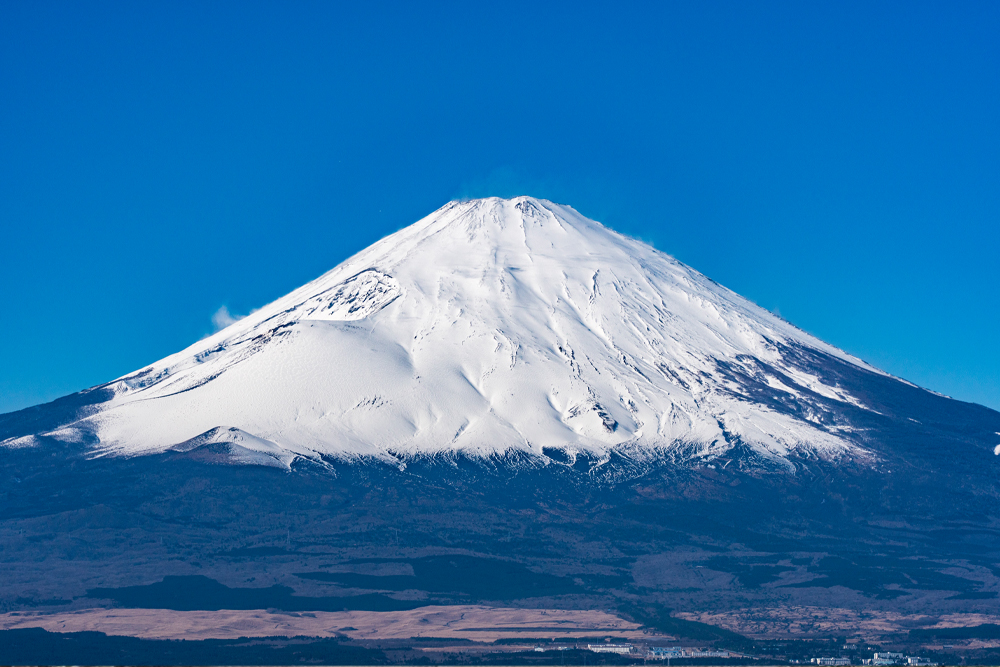
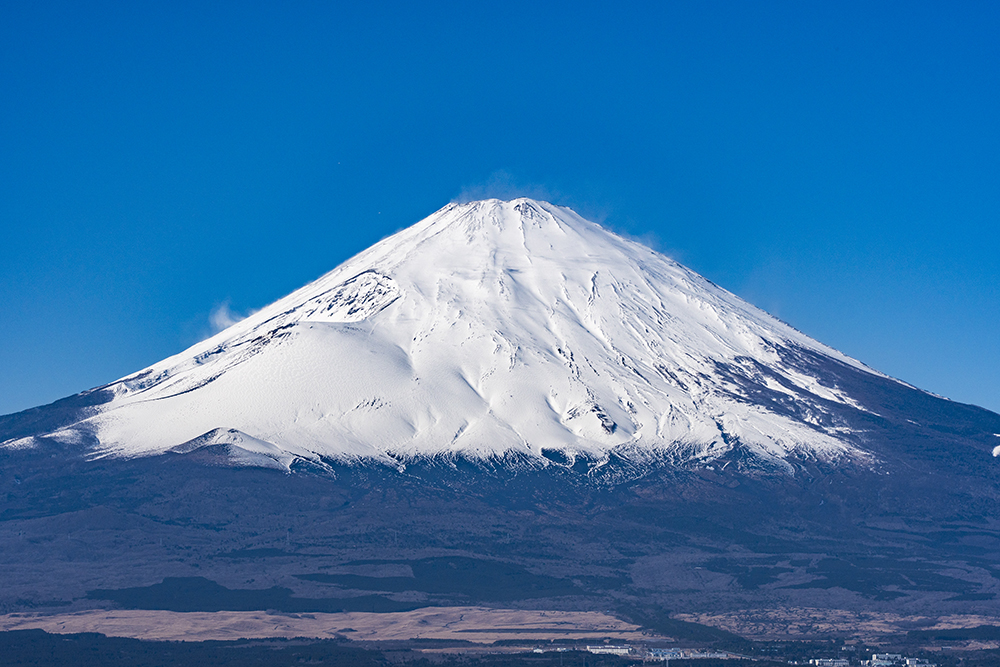 |
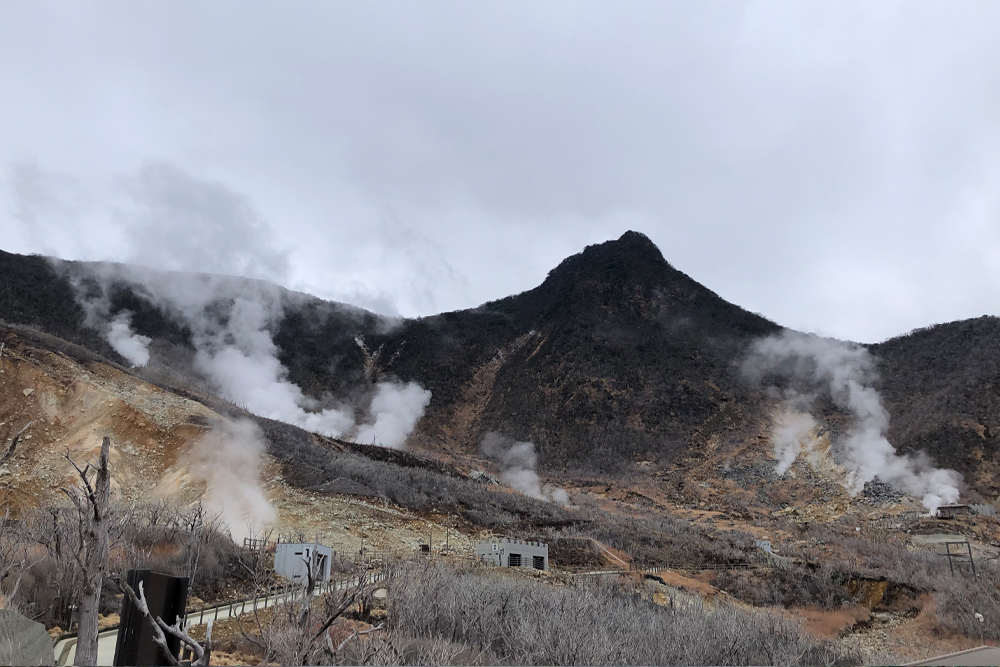
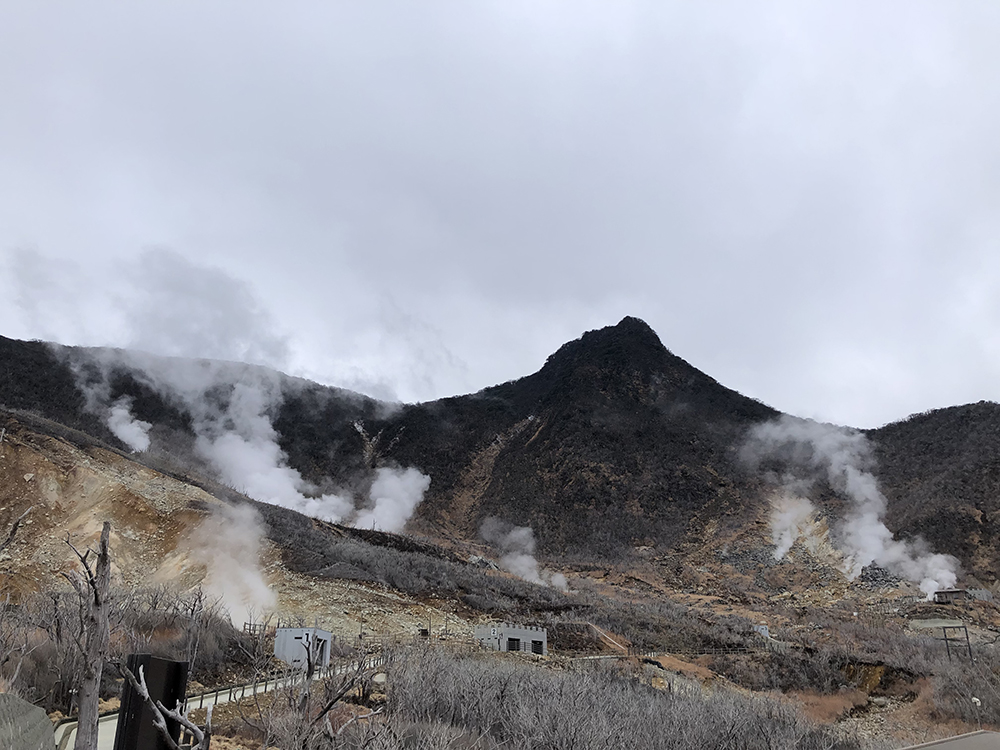 |
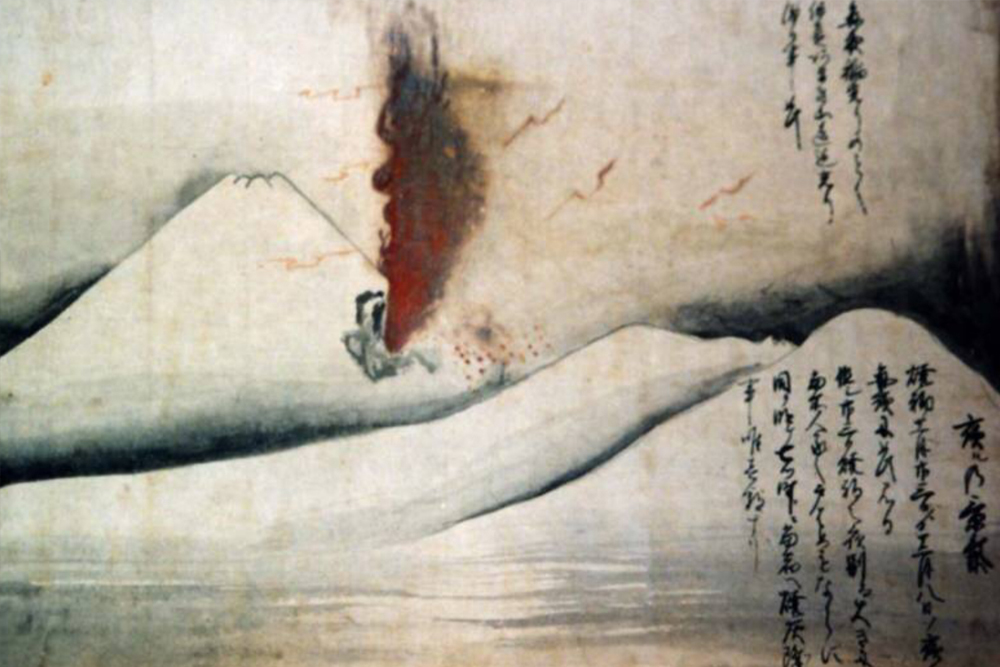
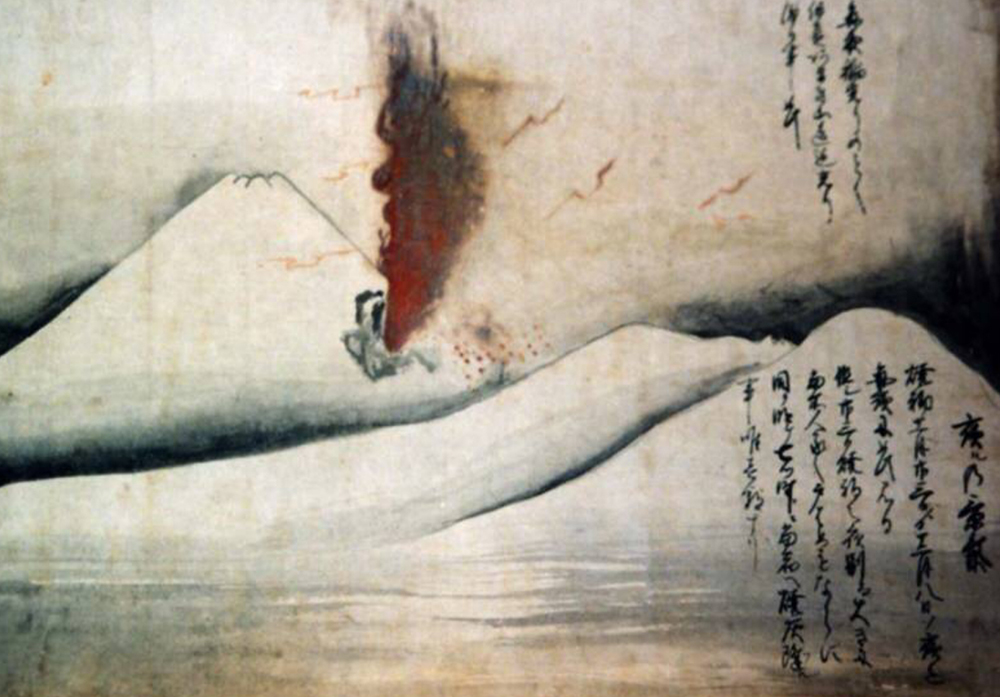 |
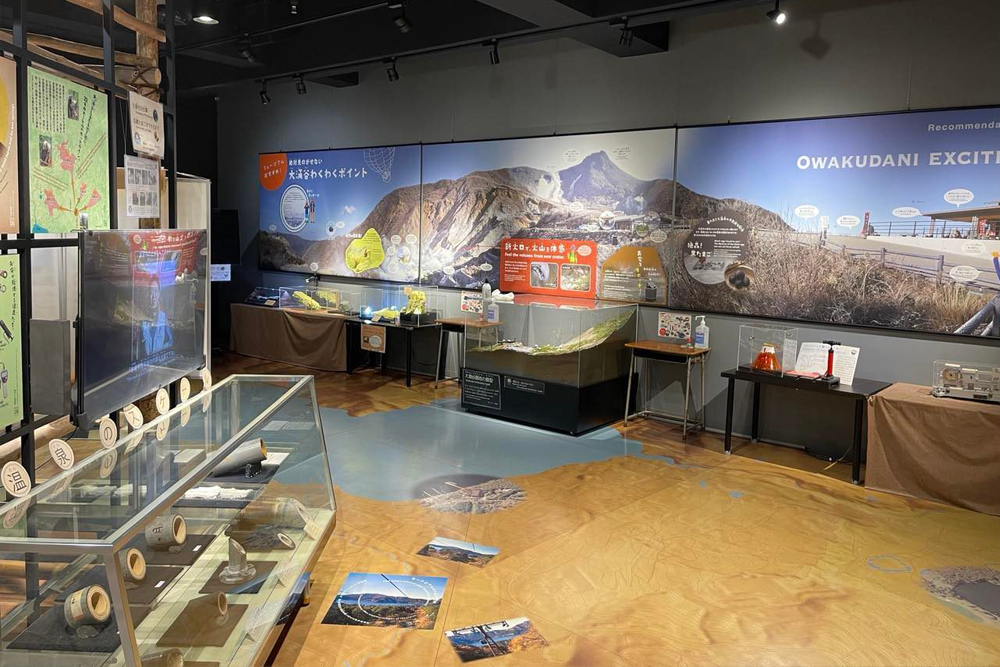
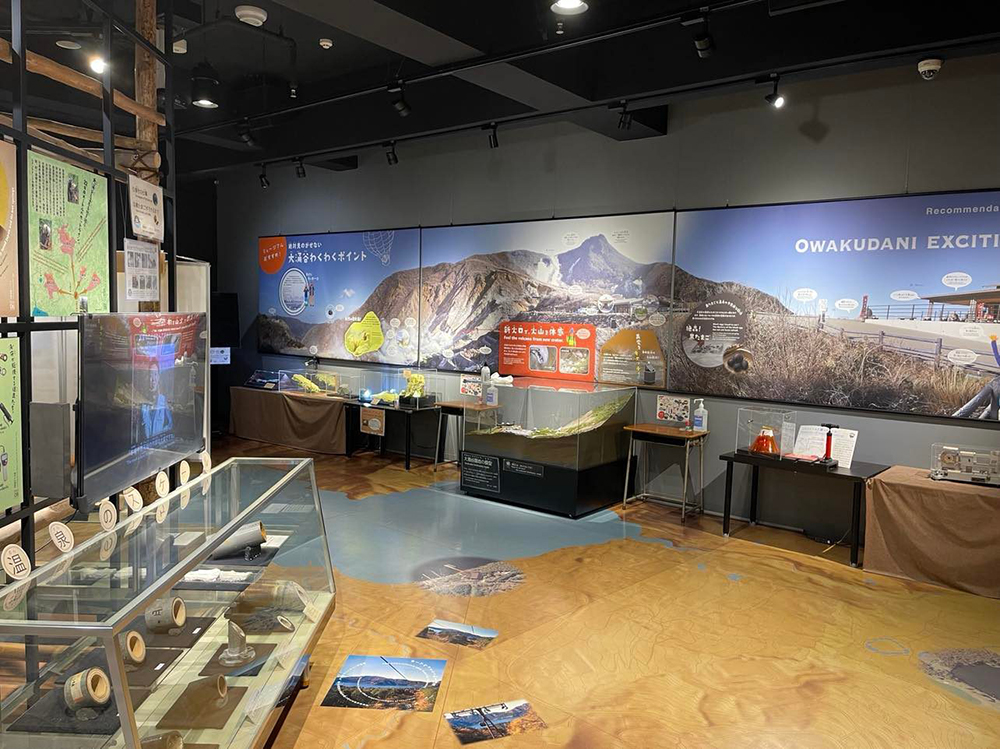 |
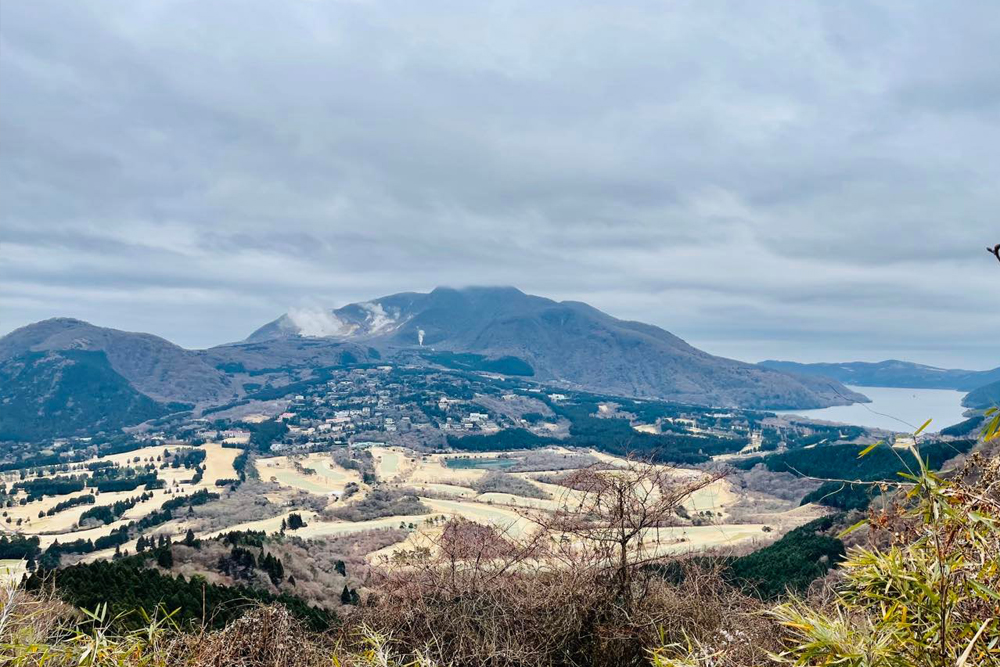
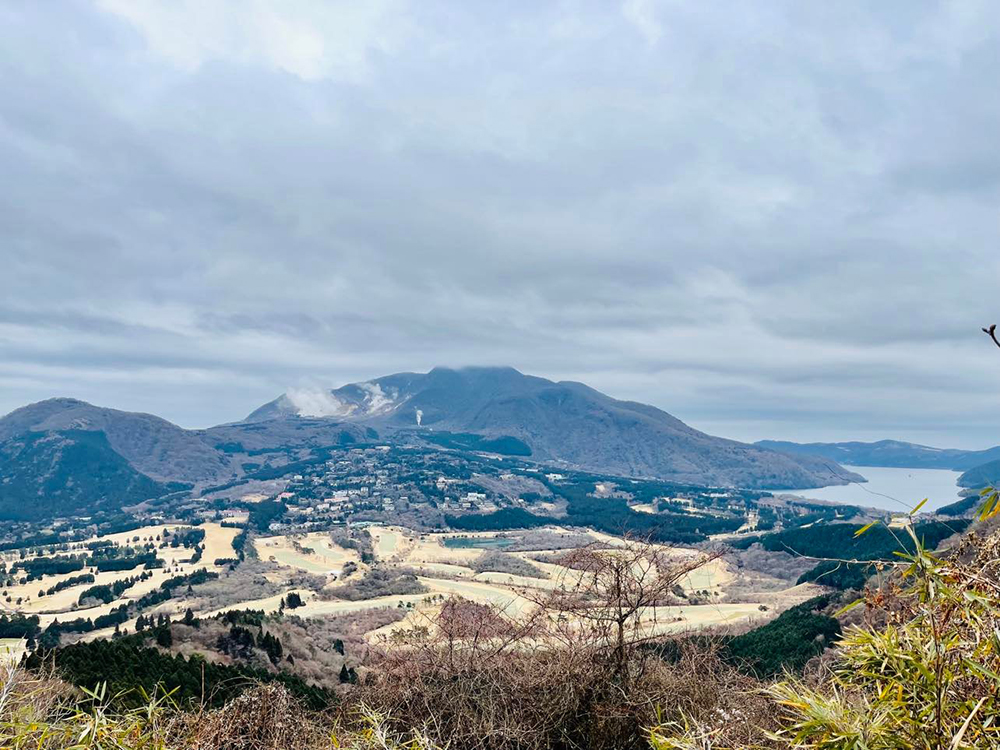 |
In the Nikko area, volcanic landforms and the beautiful scenery created by the volcanoes, and the cultural structures that were influenced by them can be seen. In Nagatoro and Chichibu areas, we will see the landscape created by the Arakawa River flowing through the metamorphic rocks of the subduction zone and the sake brewery culture created by the blessings of water. We will also look at the place where the former copper resources along the fault, which were used to produce the first Japanese circulating coins, were found. At the accommodations, we can also experience the facilities using hot springs associated with volcanic and fault activities.
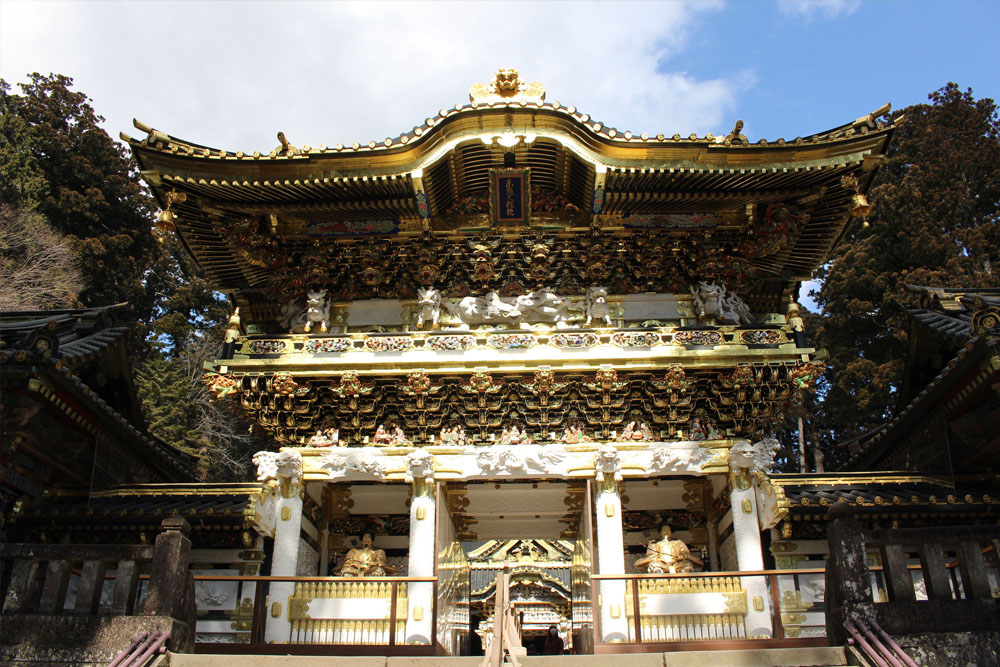
|
|
|
|
|
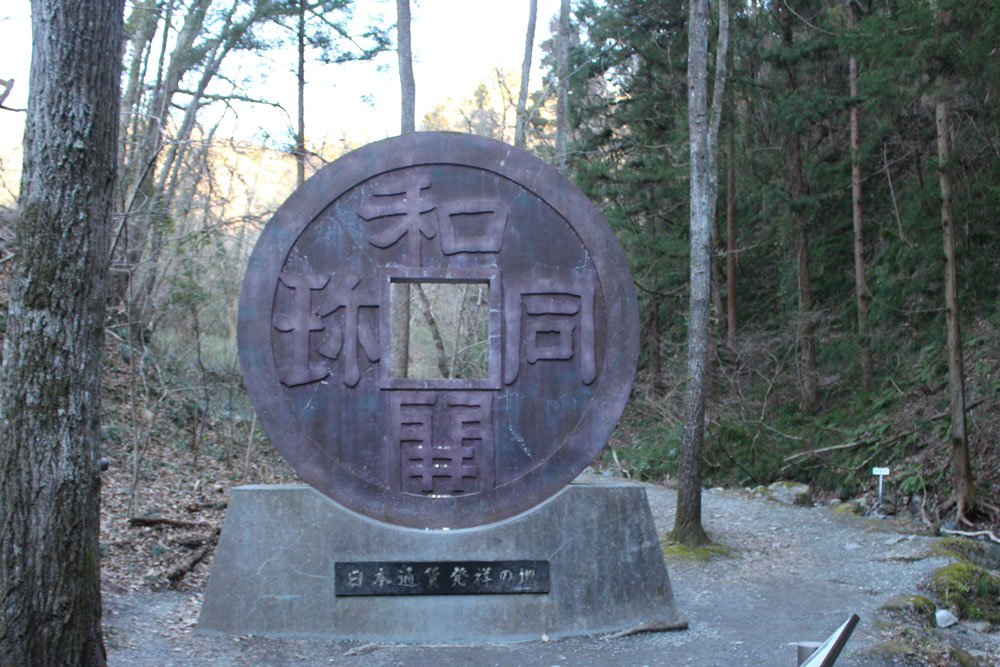
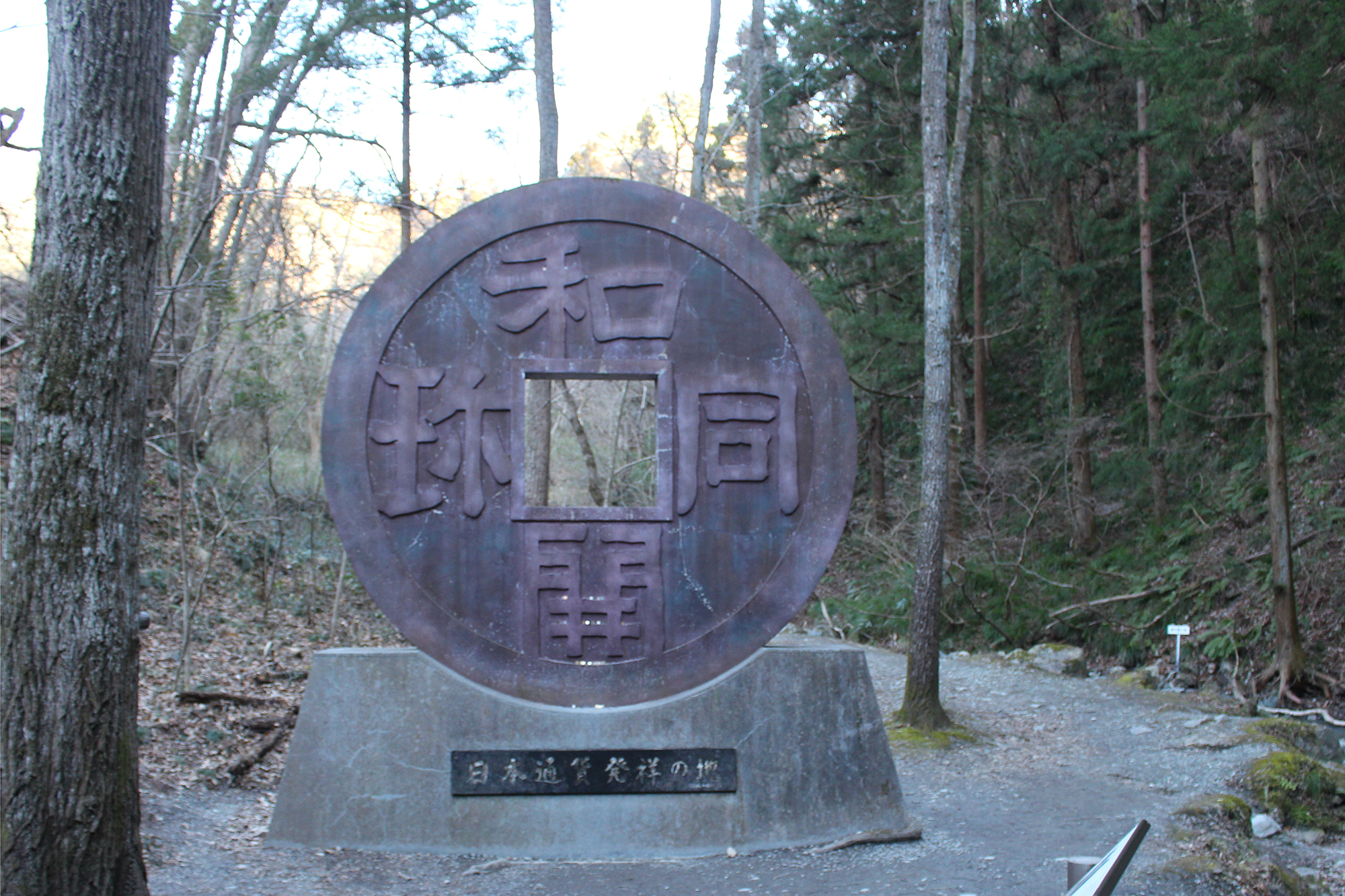 |
The Horoman Peridotite Complex is located at the southern end of the Hidaka metamorphic belt and is one of the most studied ultramafic bodies in the world. The Horoman peridotite is famous for its low serpentinization. The Horoman Complex has two main important petrological features: 1) the variety of peridotite and mafic rock types, and 2) symmetrical distribution of peridotites. The Horoman field trip will allow you to see the petrological variations and their systematic distribution. This will be a long hike with an elevation gain of 800 meters. Climbing is not difficult, but you need to be in good physical condition.
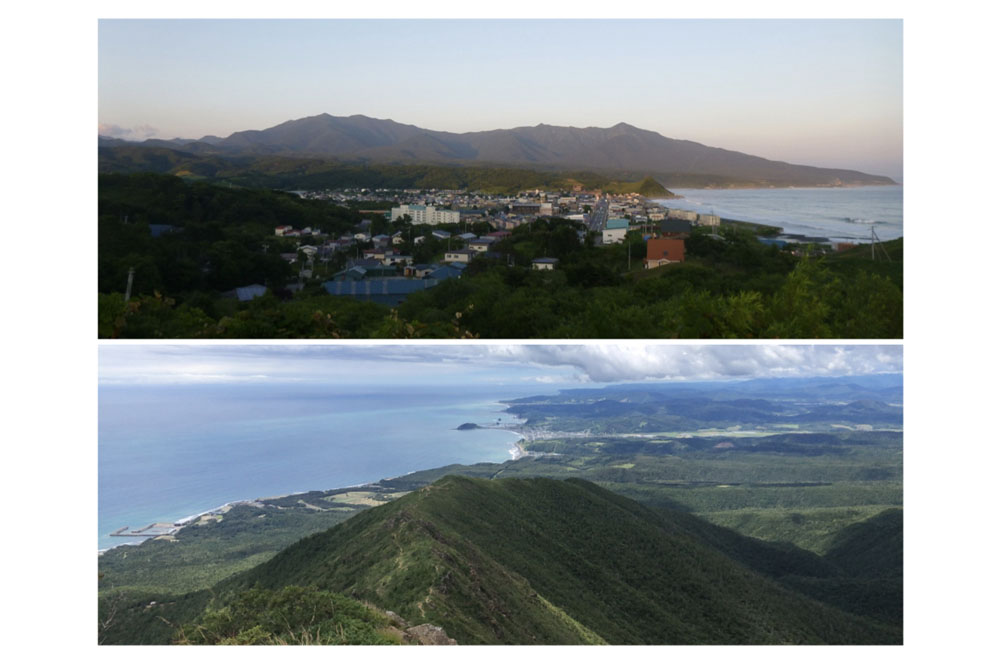
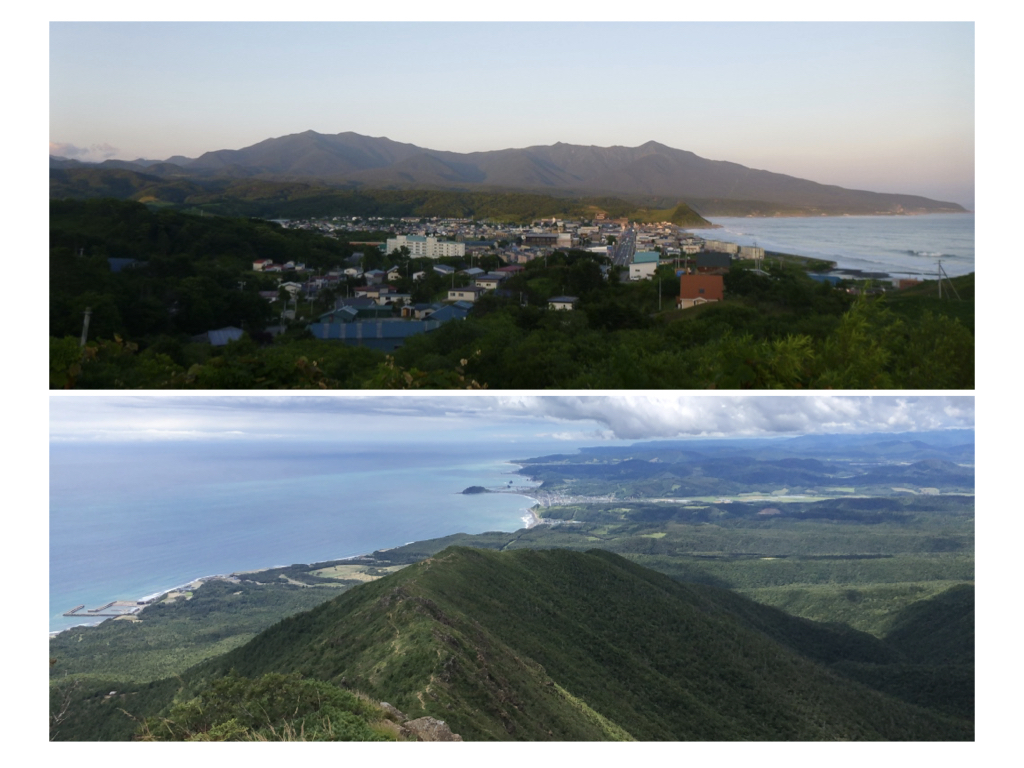 |
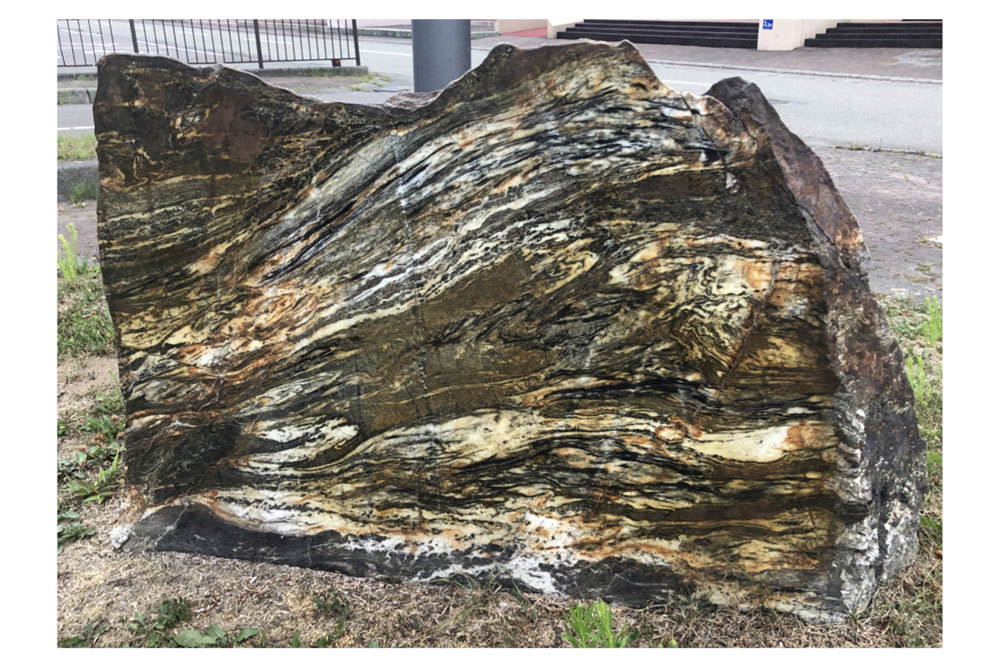
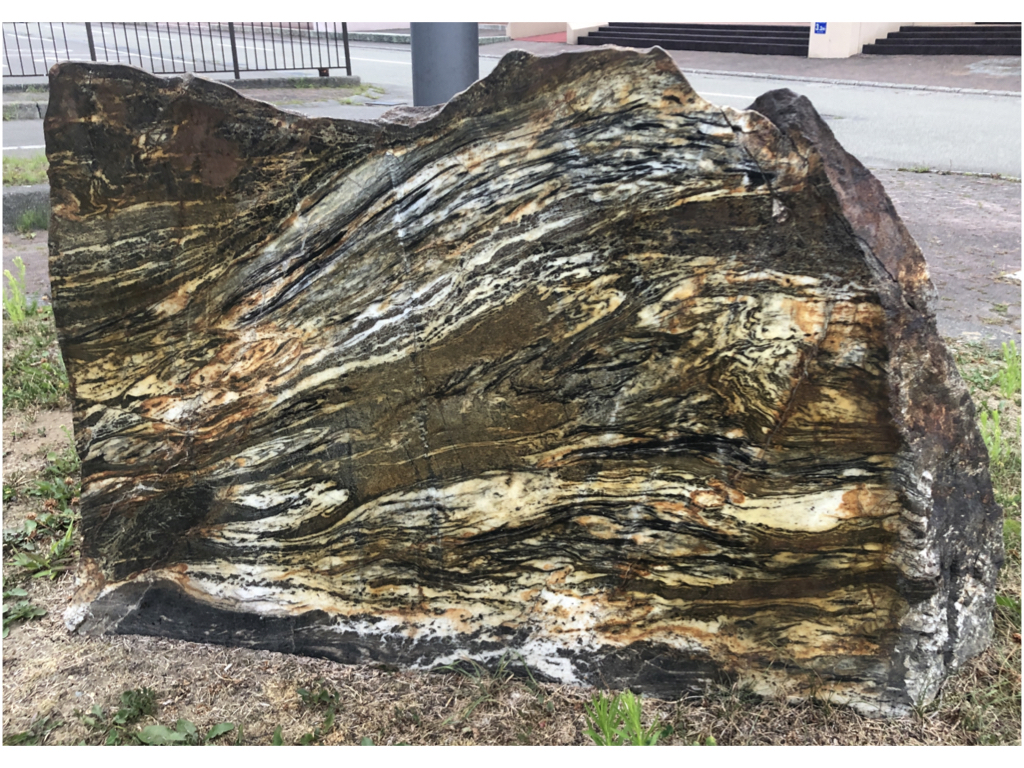 |
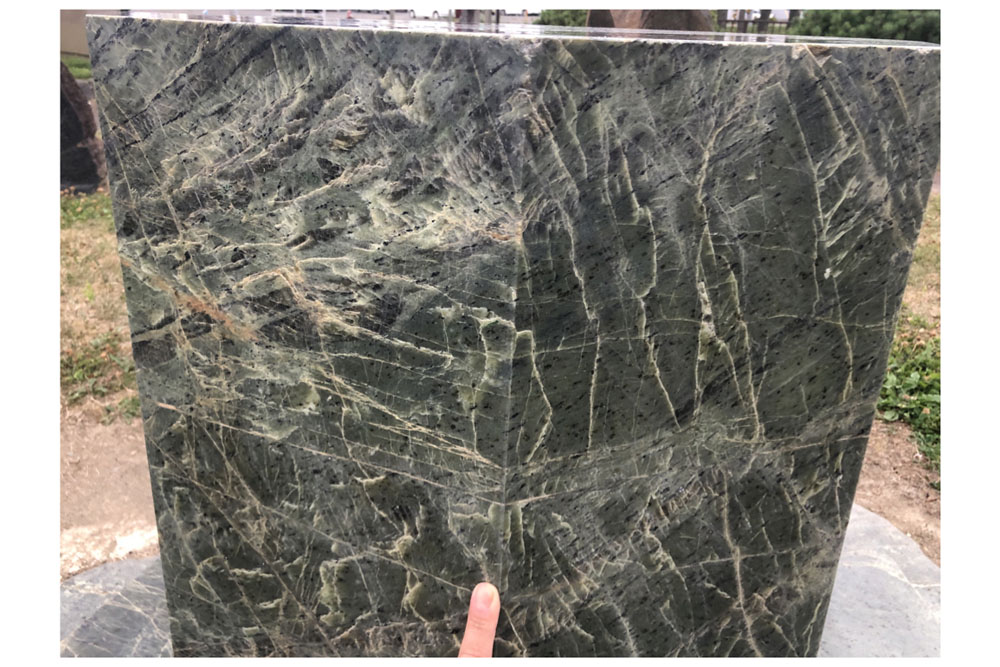
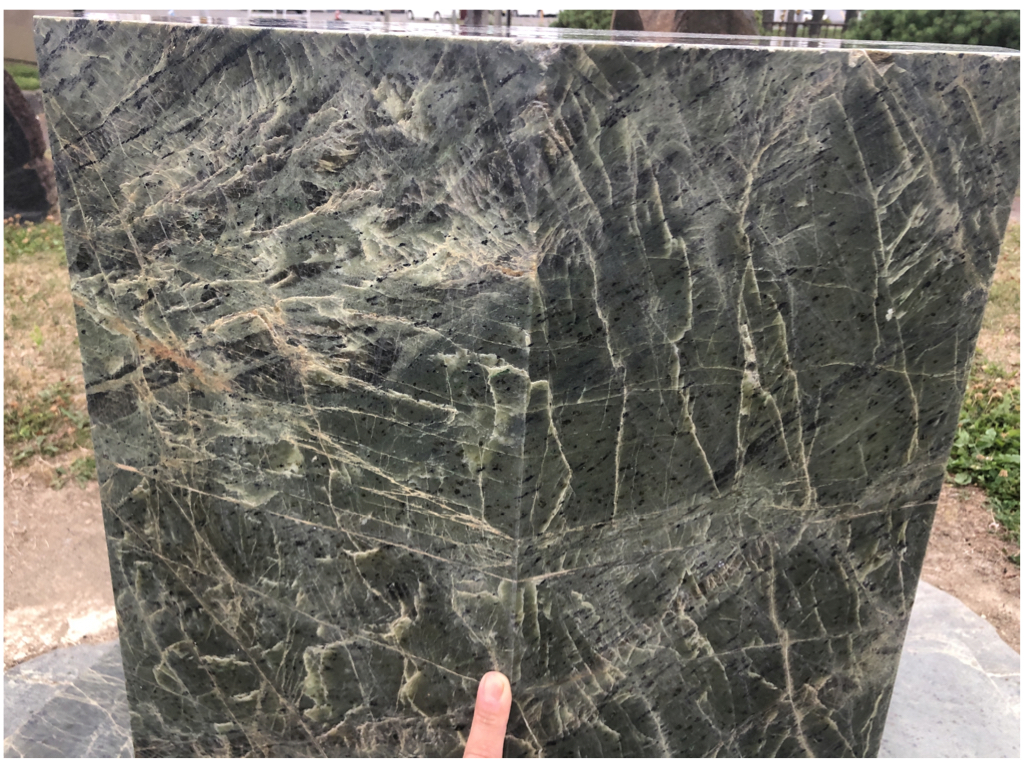 |
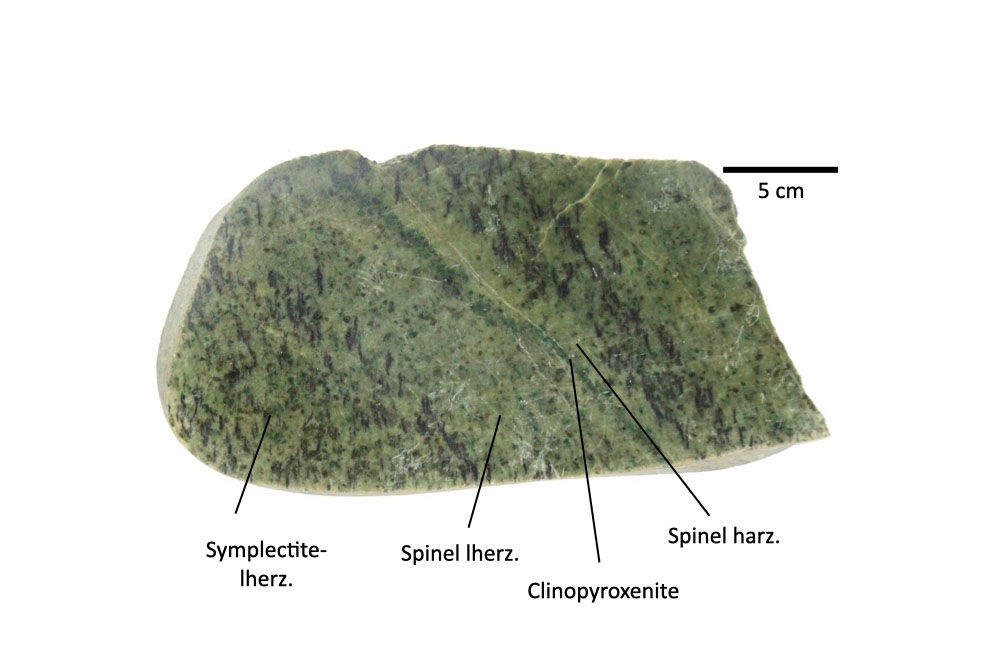
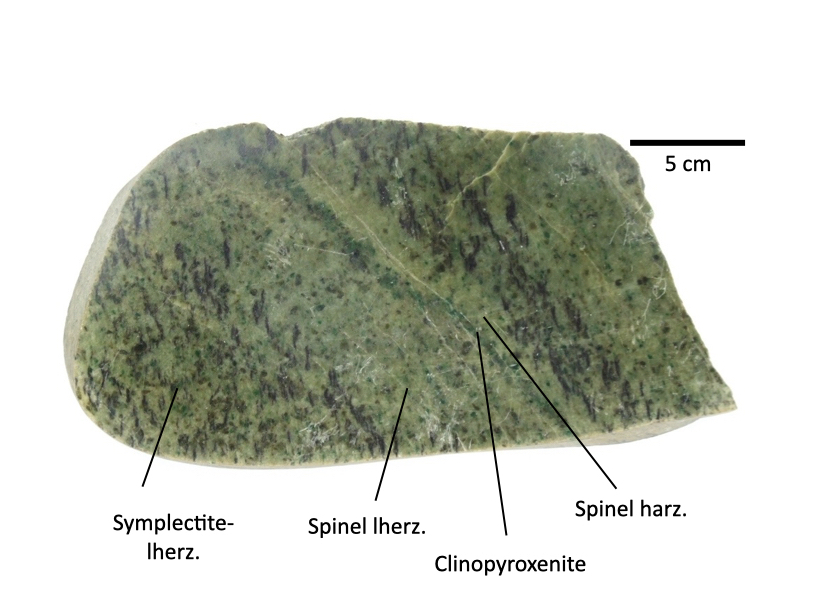 |
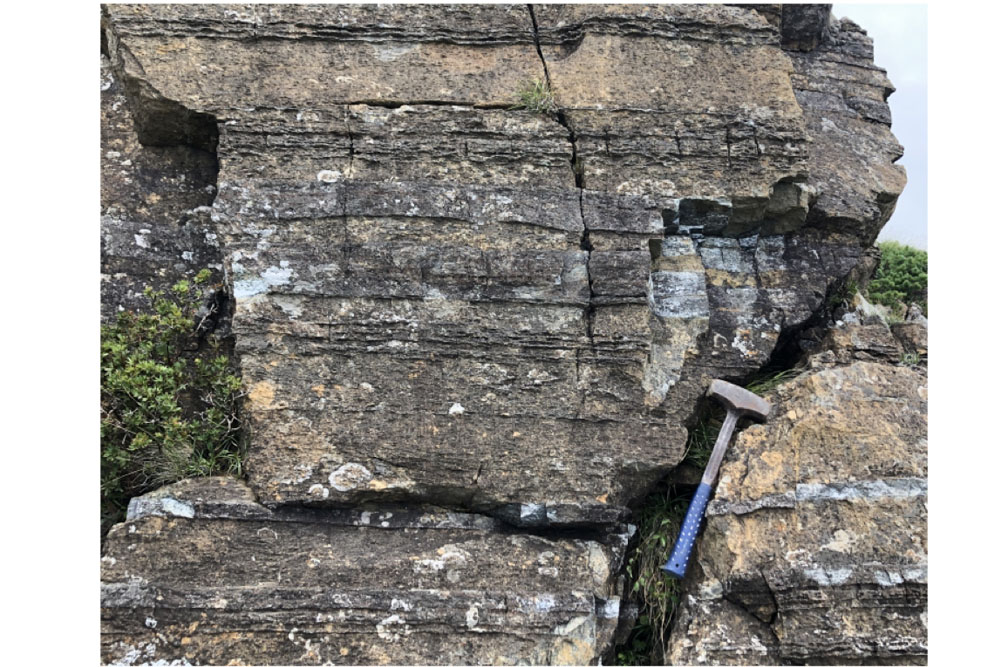
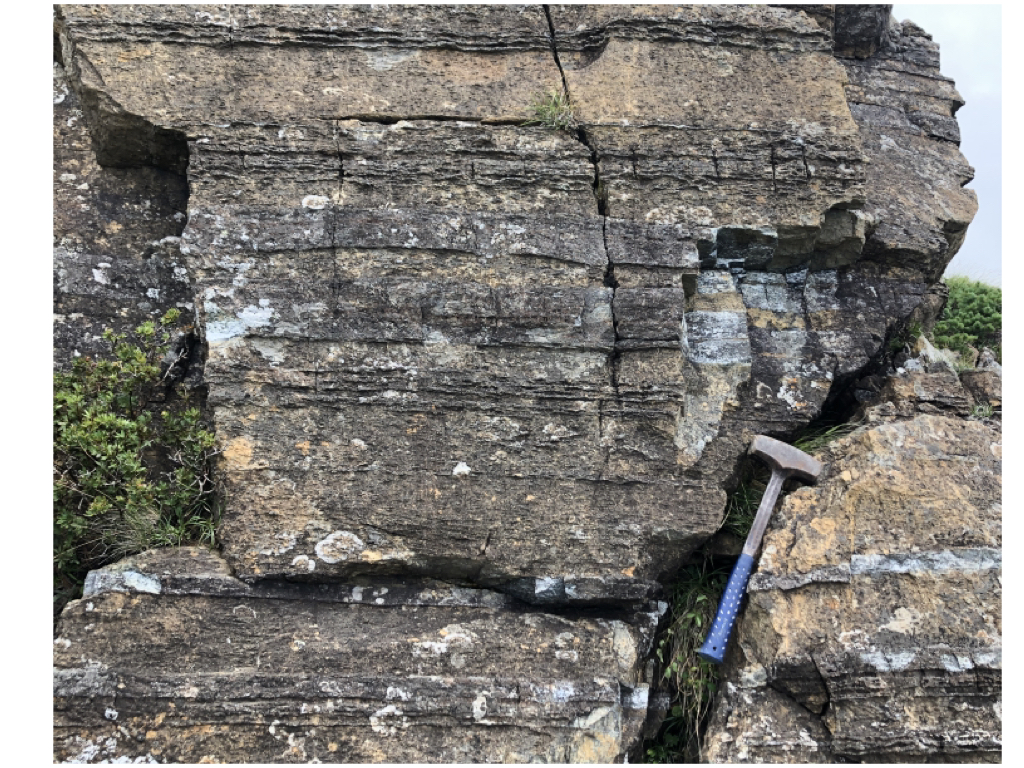 |
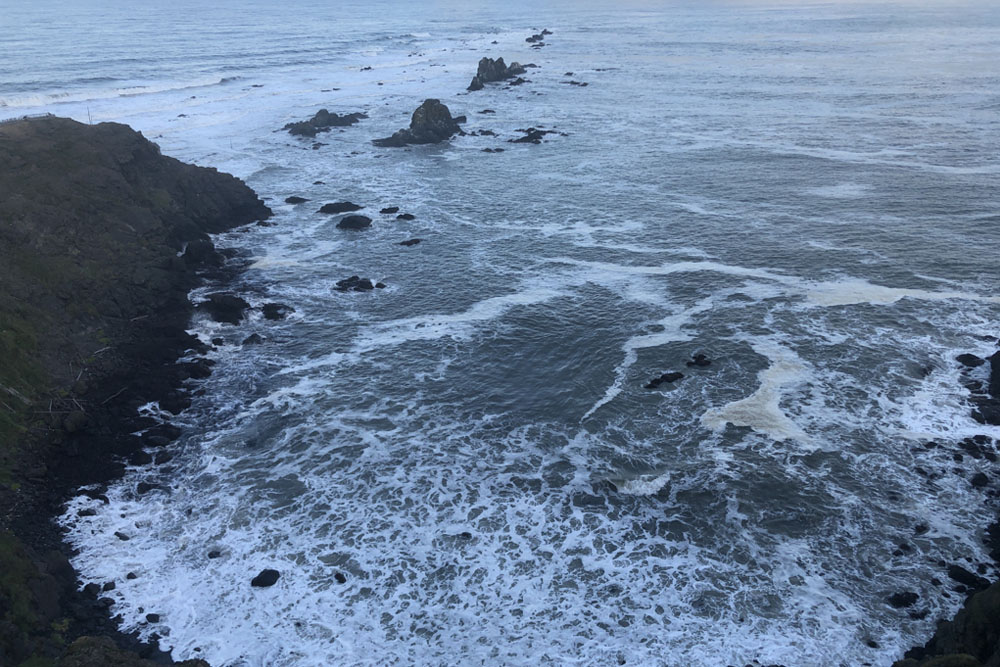
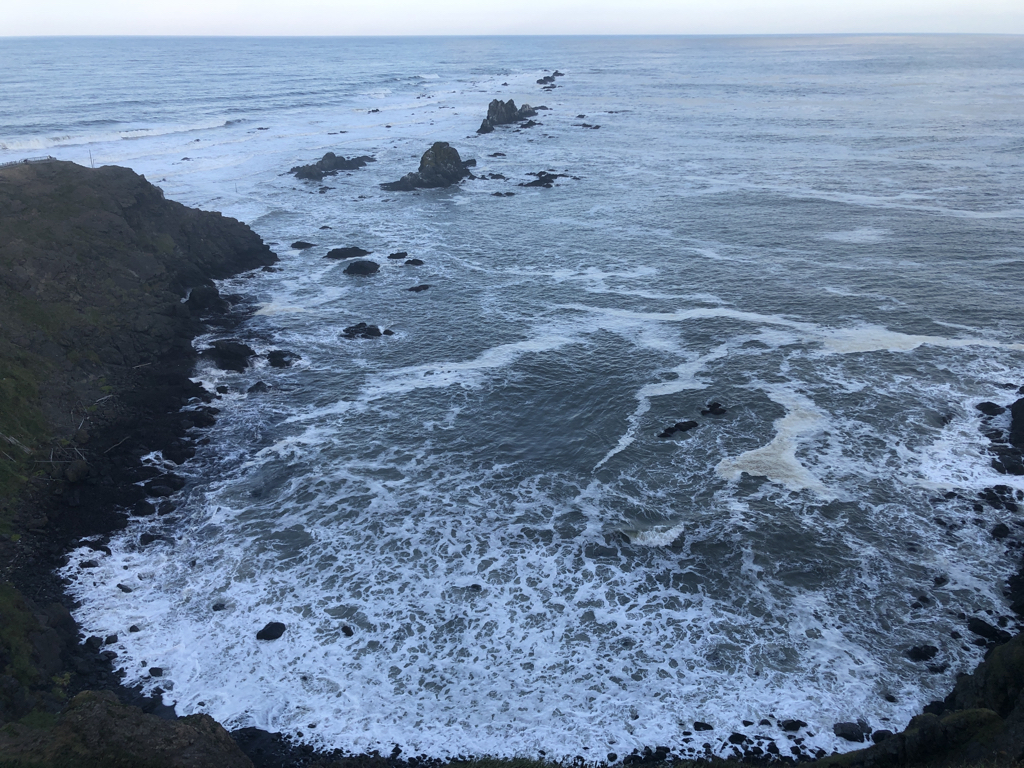 |
In this field trip, we will visit the Ryoke belt exposed in Kyoto and Mie prefectures. The Ryoke belt represents the crustal section that records plutono-metamorphism at the Cretaceous Eurasian continental margin. We will observe progressive change of the Mino-Tamba accretionary complex into the high-temperature/low-pressure type Ryoke metamorphic rocks (schists and anatectic migmatites), in addition to gneissose and massive granitoids intruding into the metamorphic rocks.
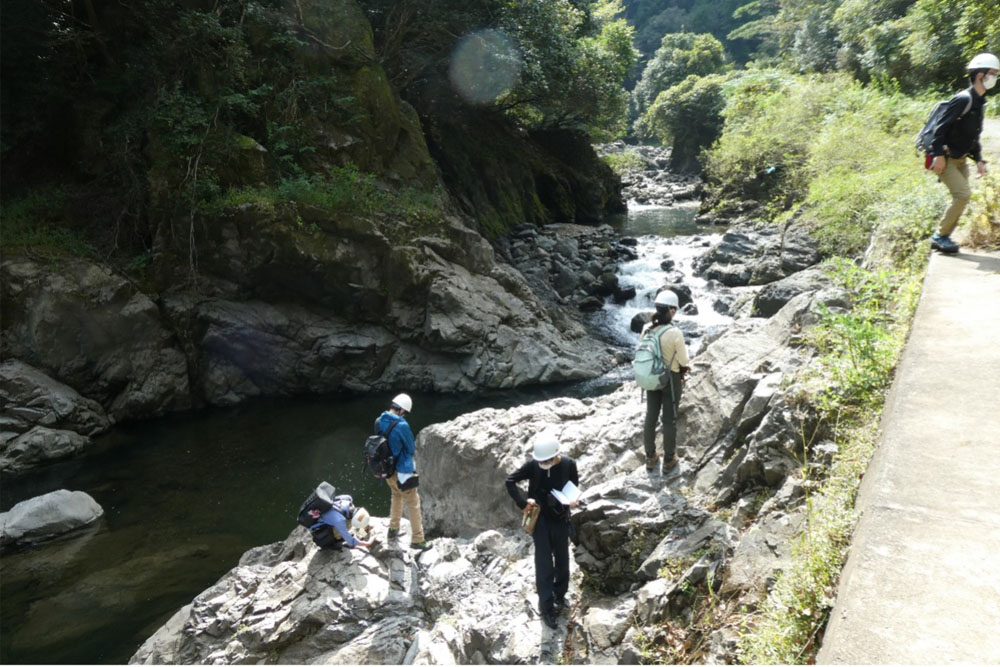
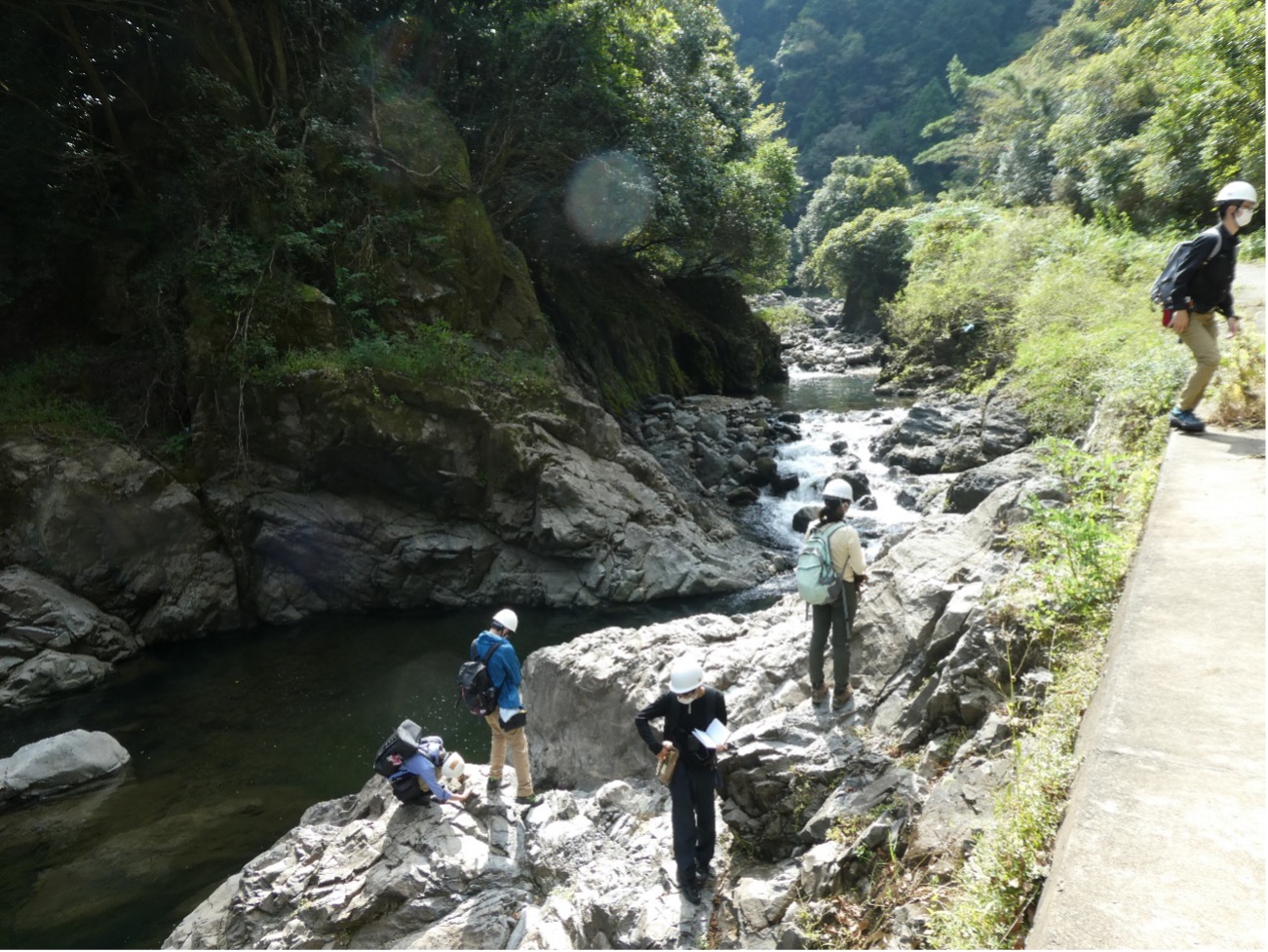 |
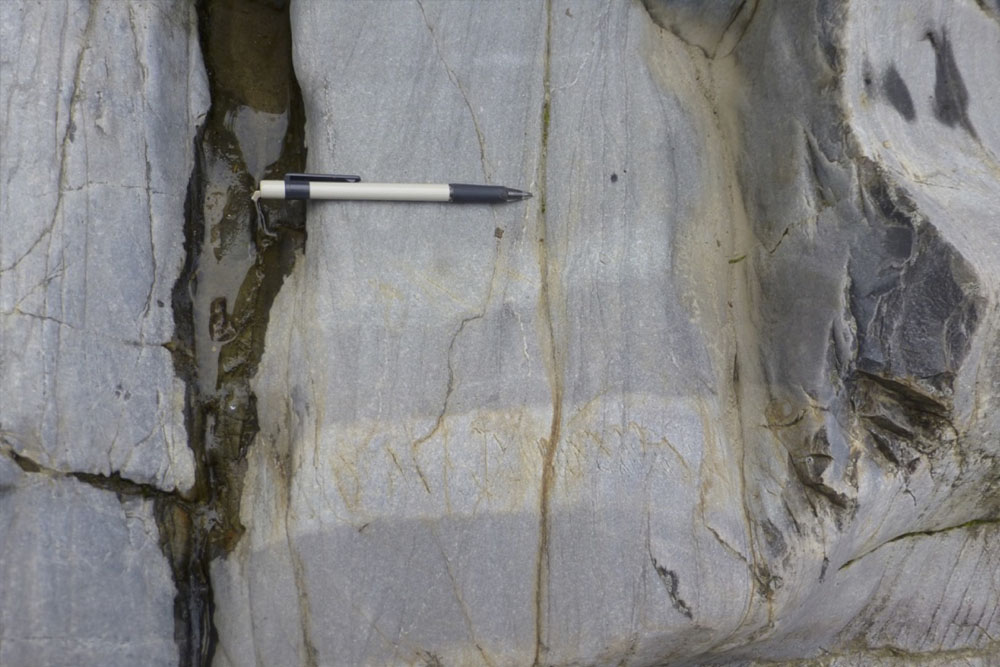
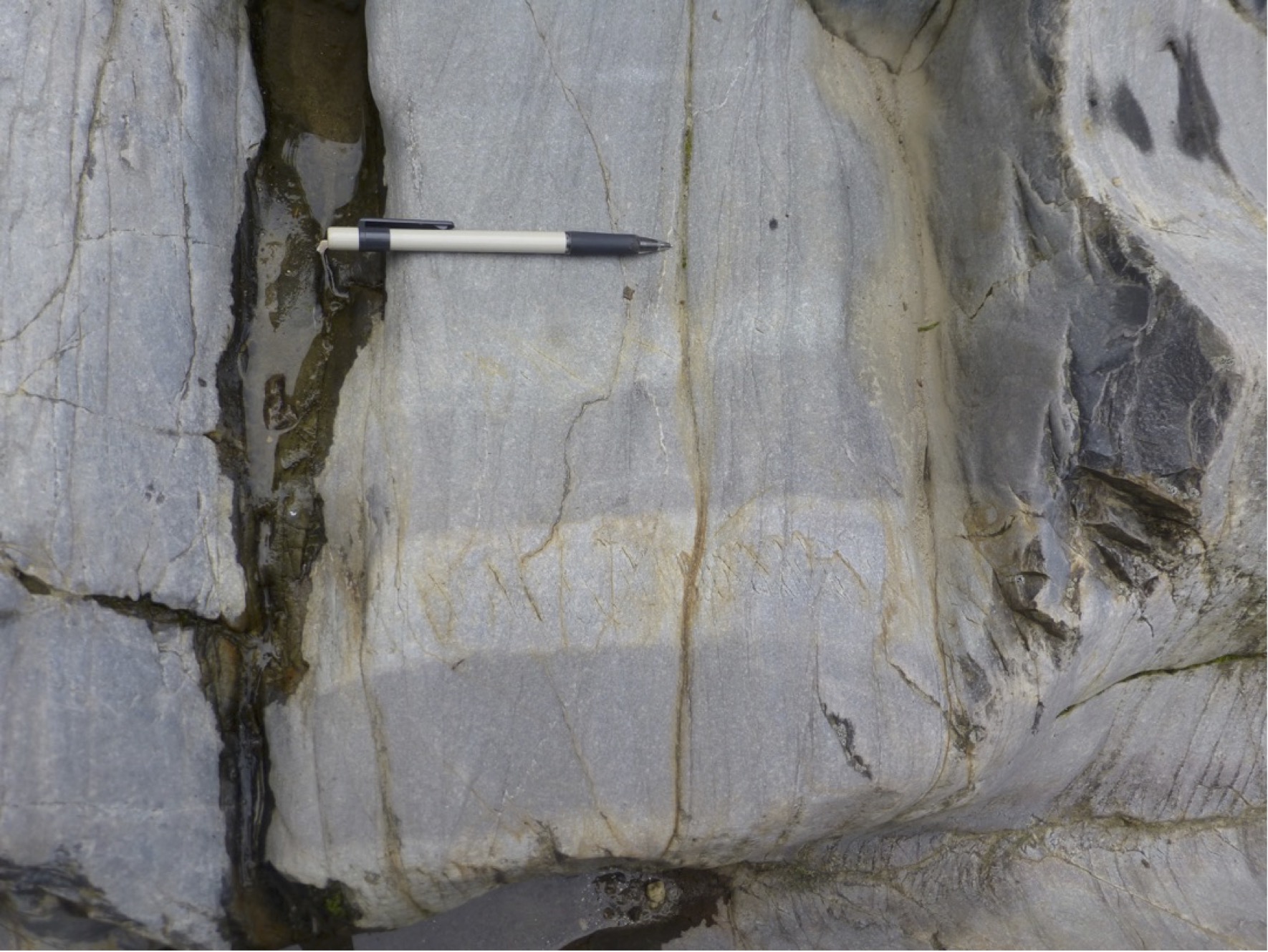 |
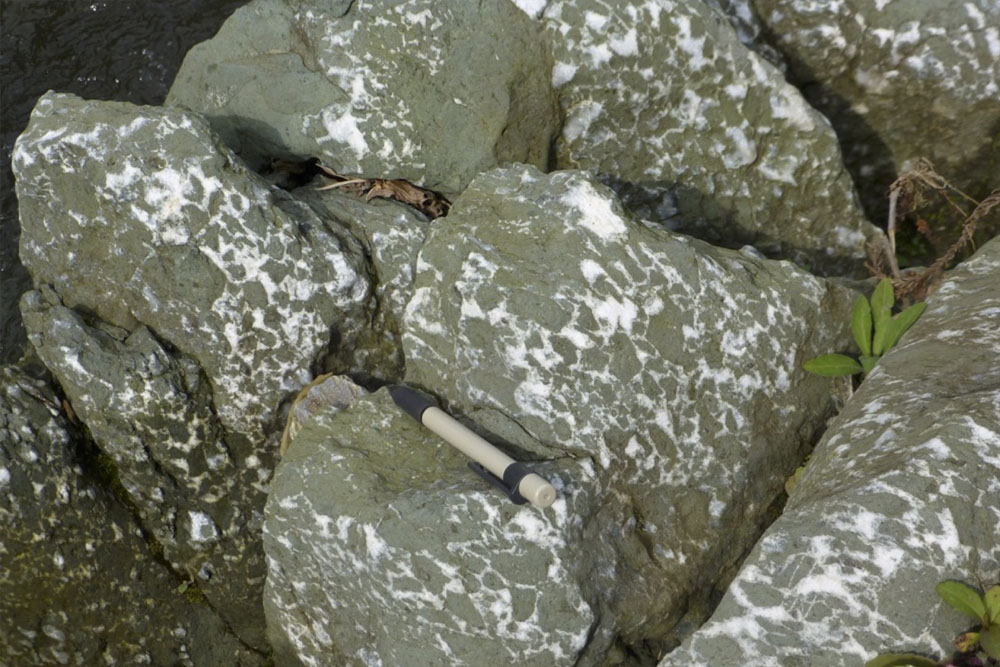
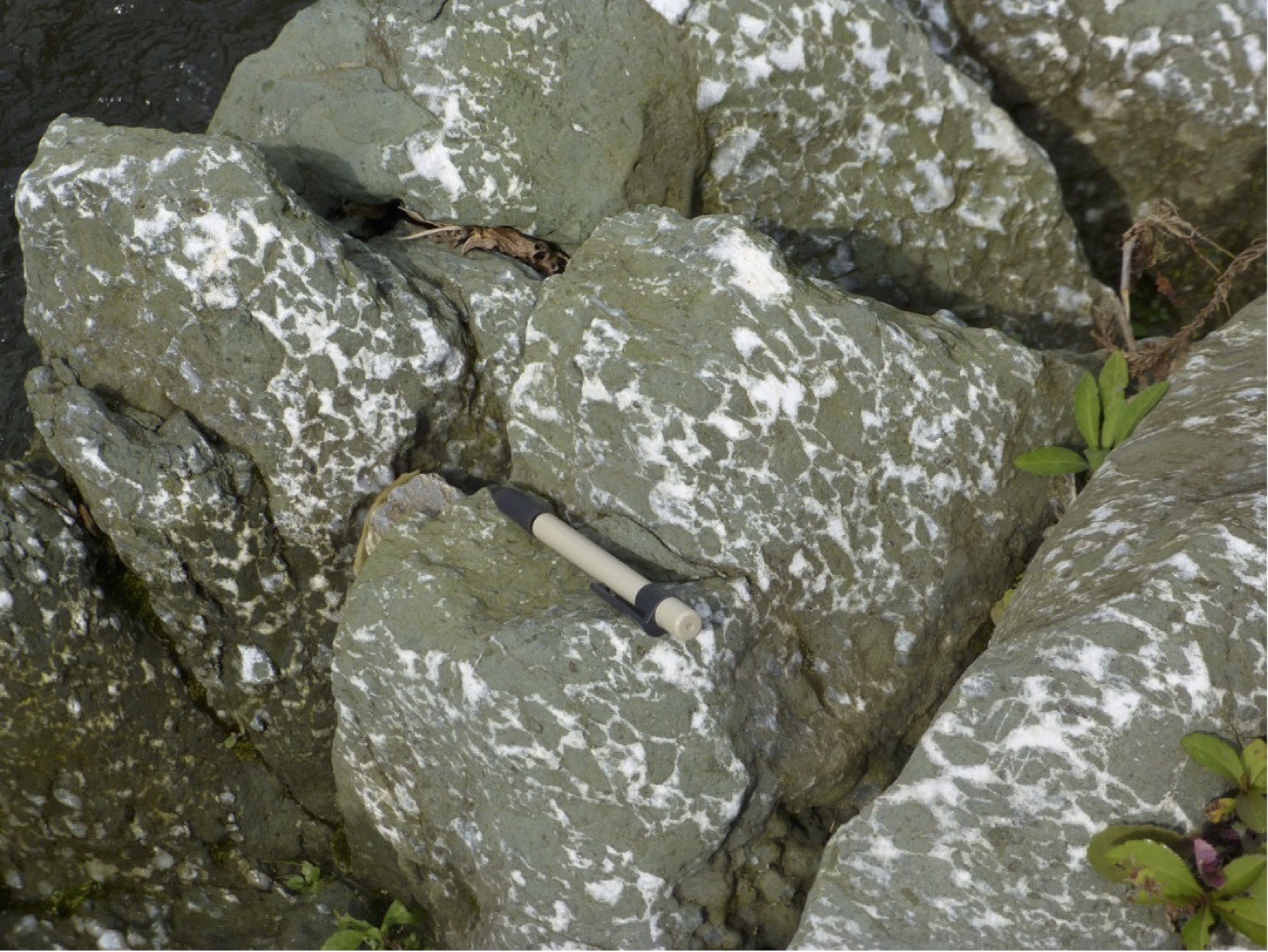 |
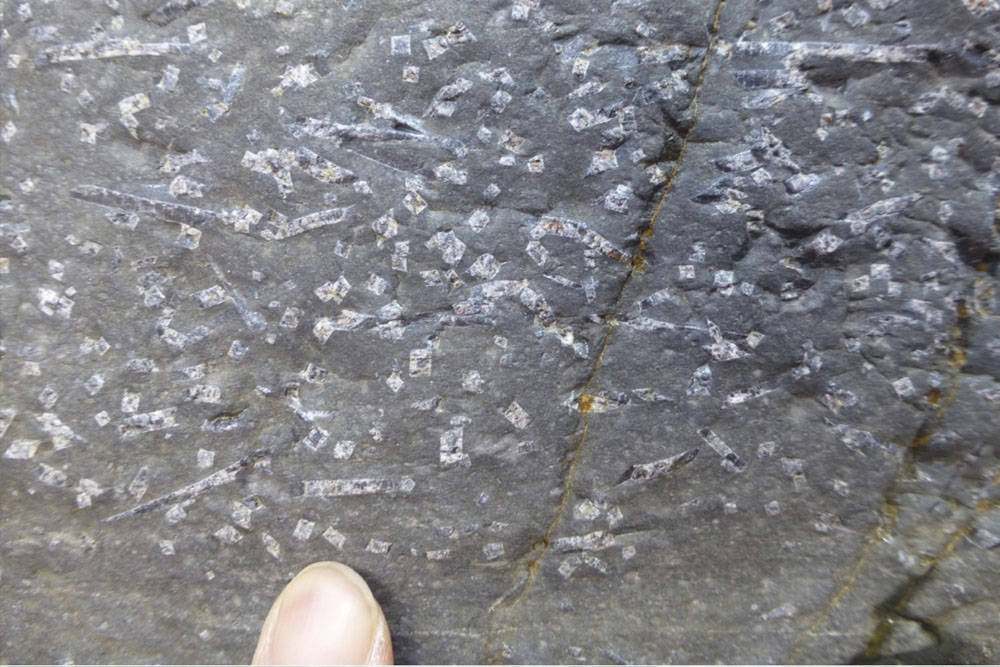
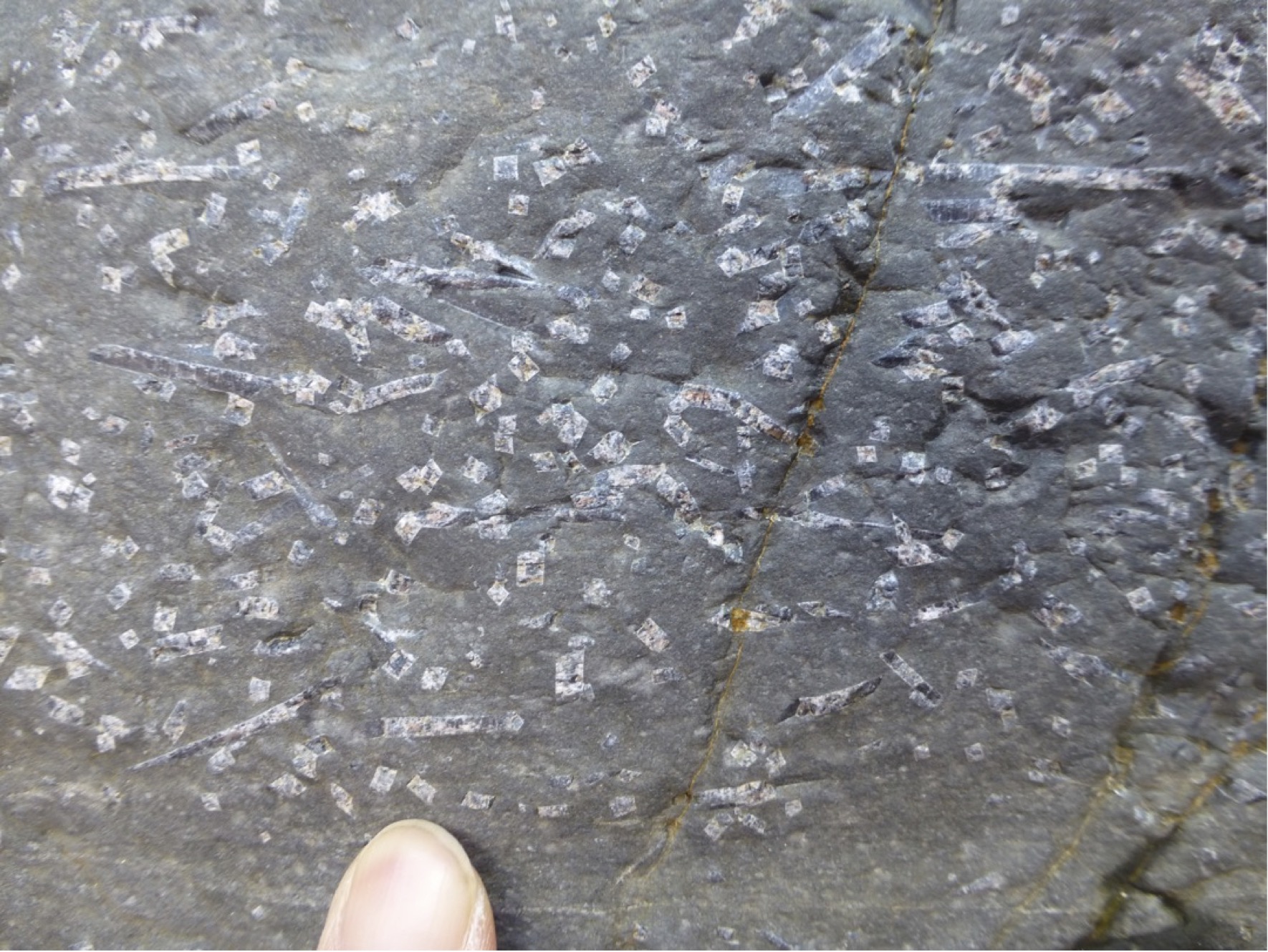 |
This program will comprise of three stops. The first is a visit to the Abukuma-do, a 3000 m-long limestone cave created 80 million years ago. The second is to the Fukushima hydrogen energy research field (FH2R), the world’s largest production site for electrolytic hydrogen. This produces carbon-free hydrogen via water electrolysis, using electricity from on-site solar PV and grid electricity. The third is to the visitor’s centre at the Fukushima daiichi nuclear power plant. After this we will also set foot into the decommissioning area to receive a specially arranged guided tour by Tokyo Electric Power Company.
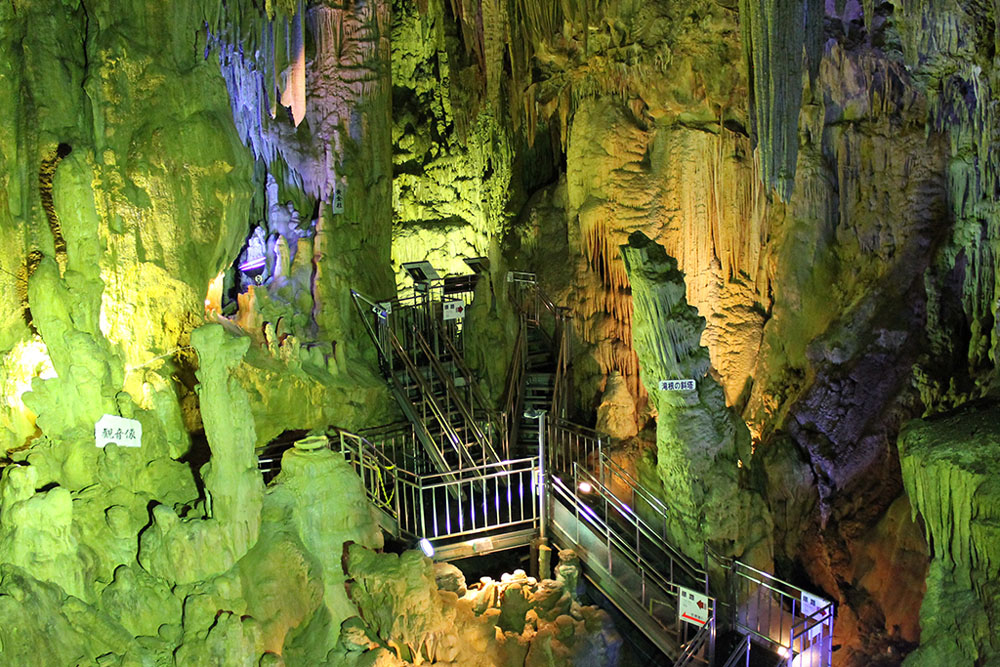
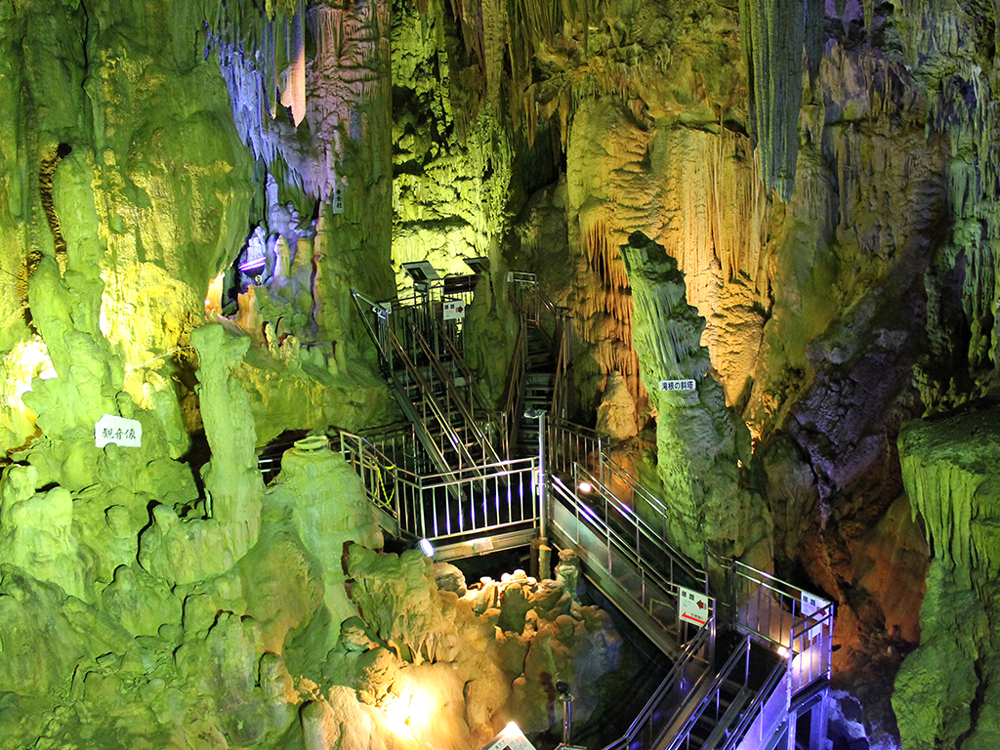 |
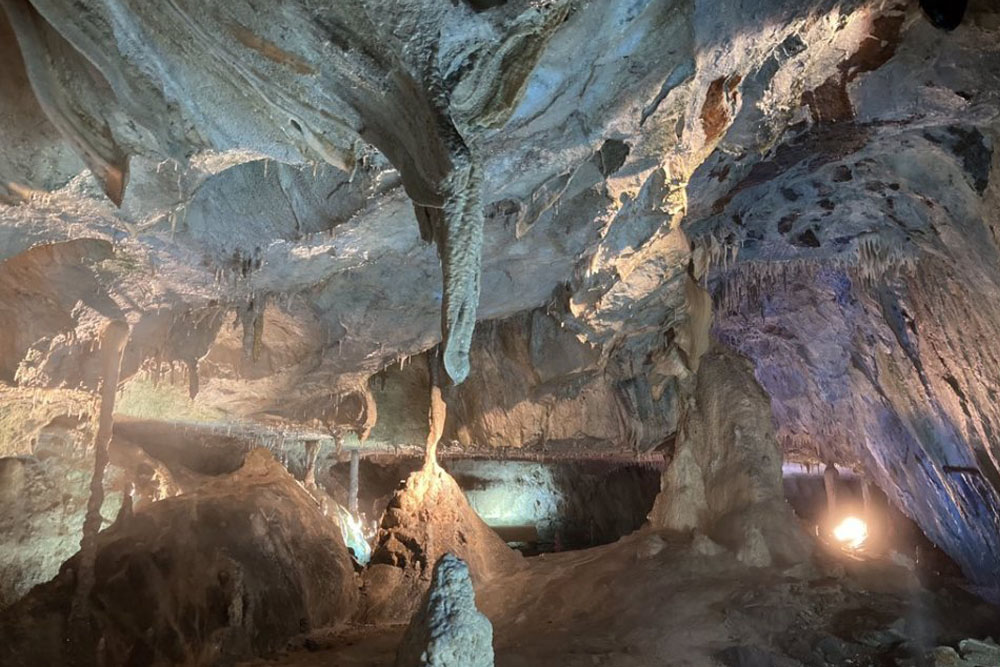
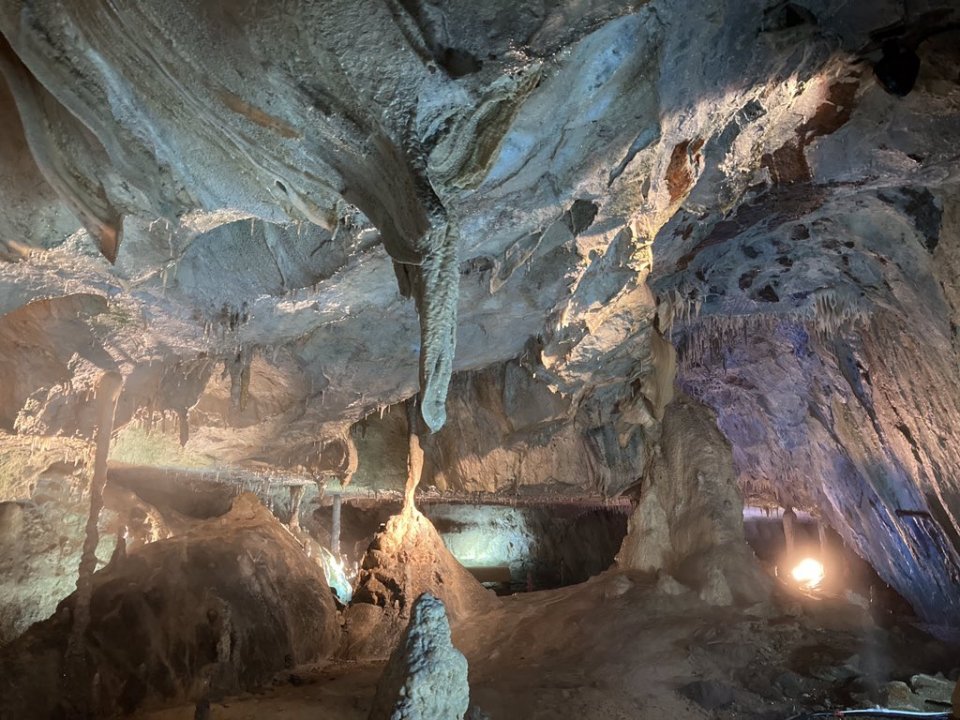 |
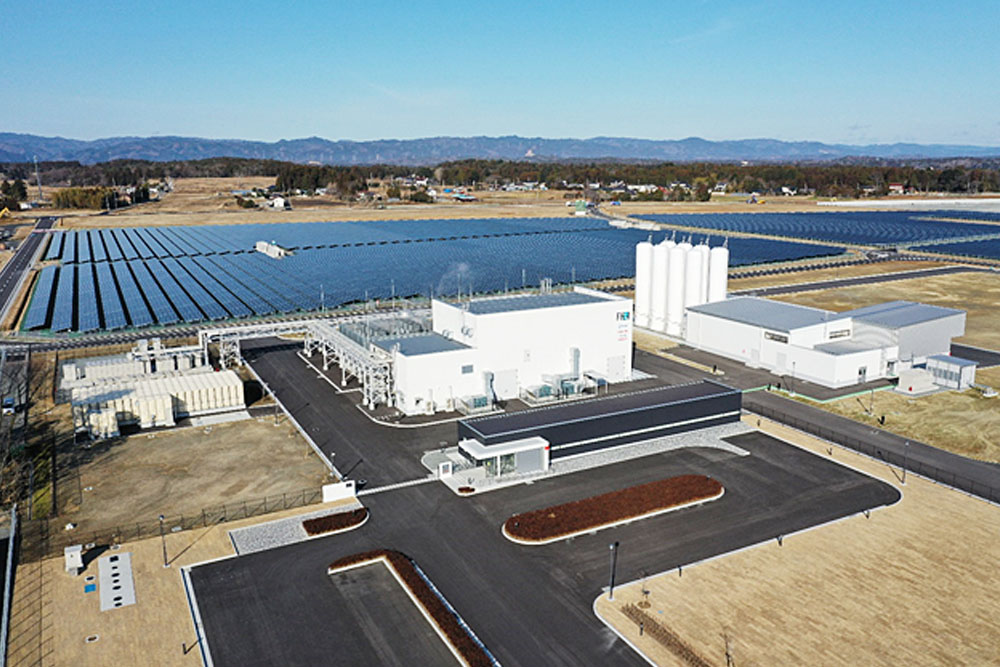
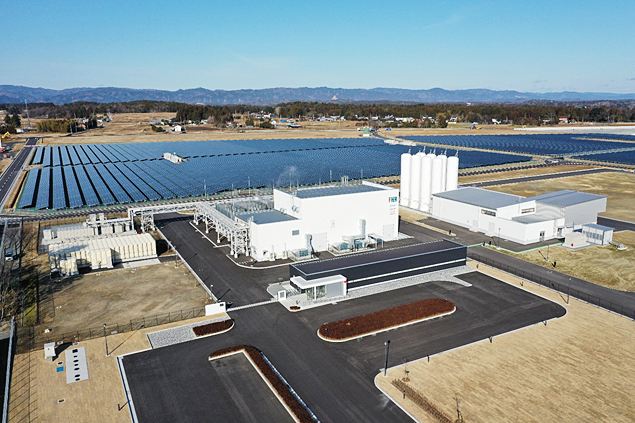 |
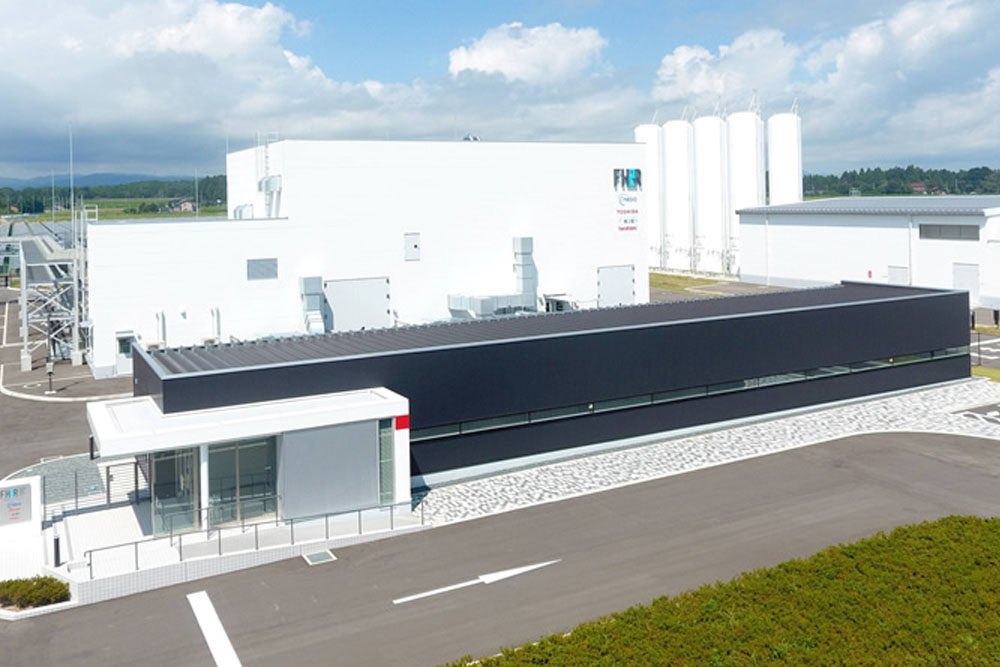
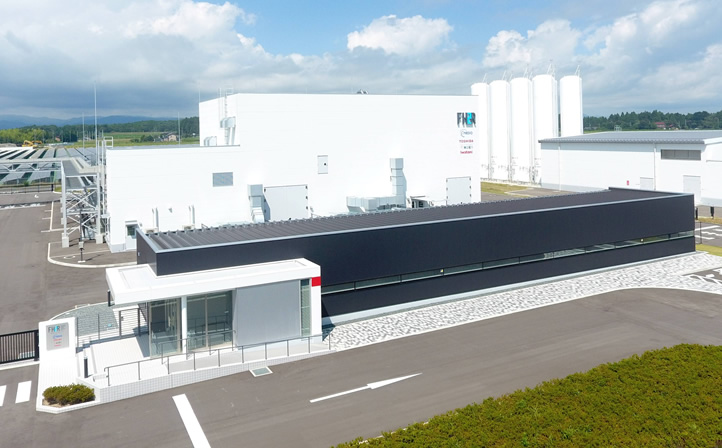 |
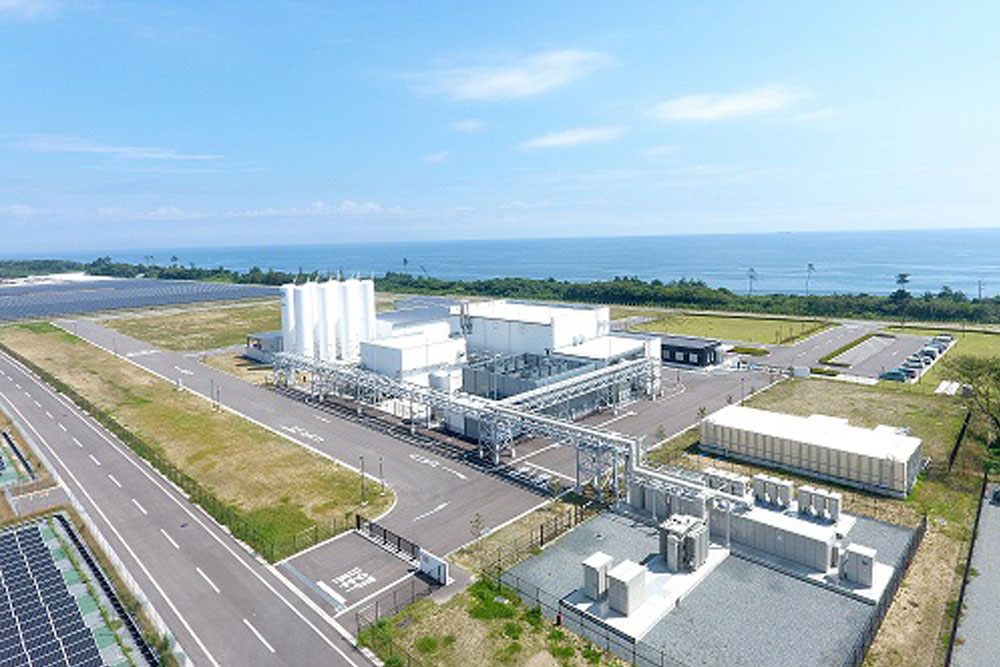
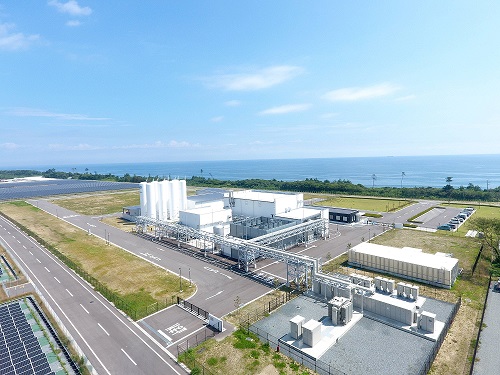 |
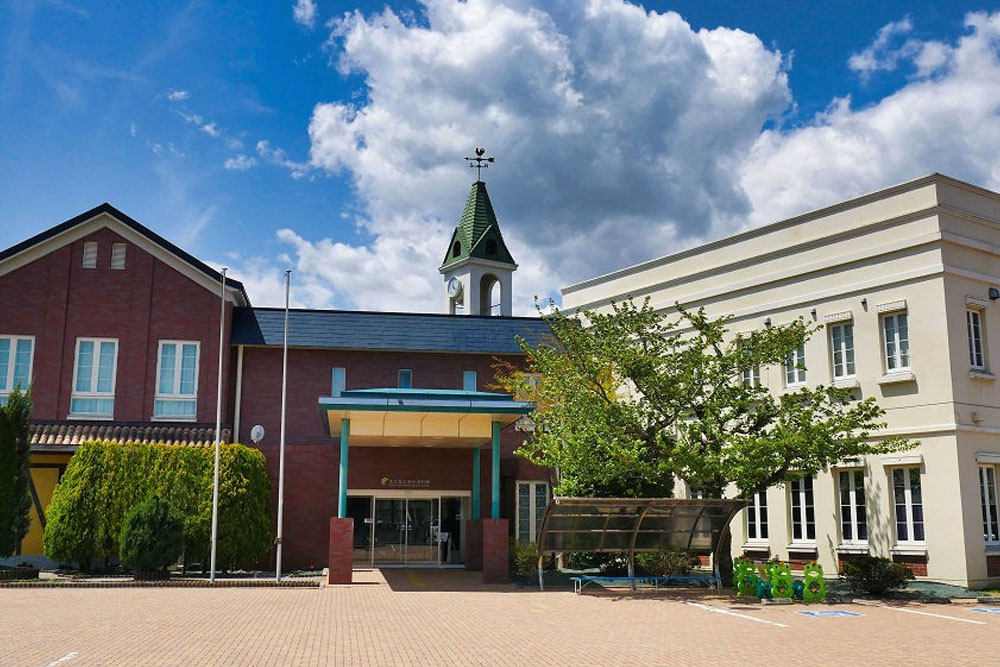
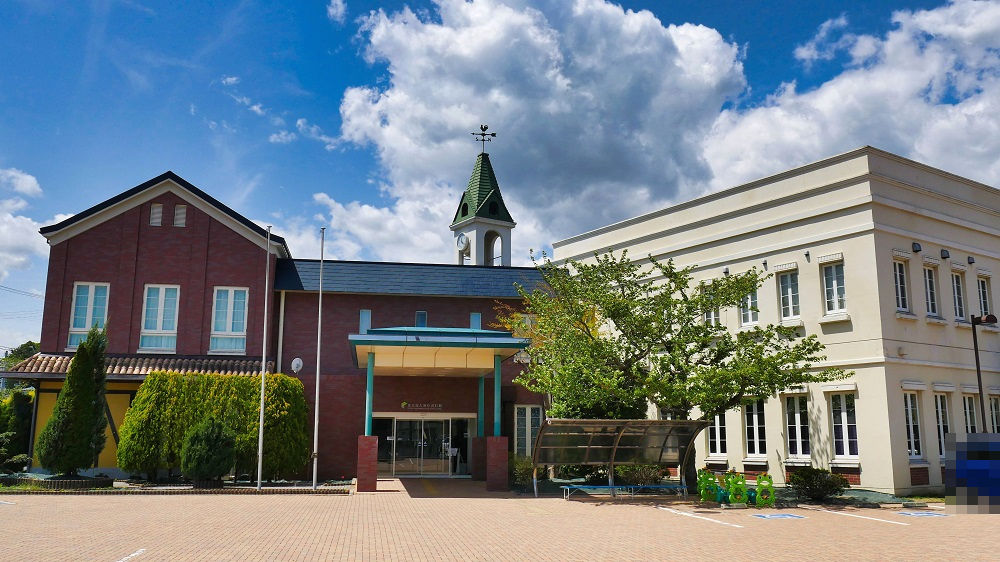 |
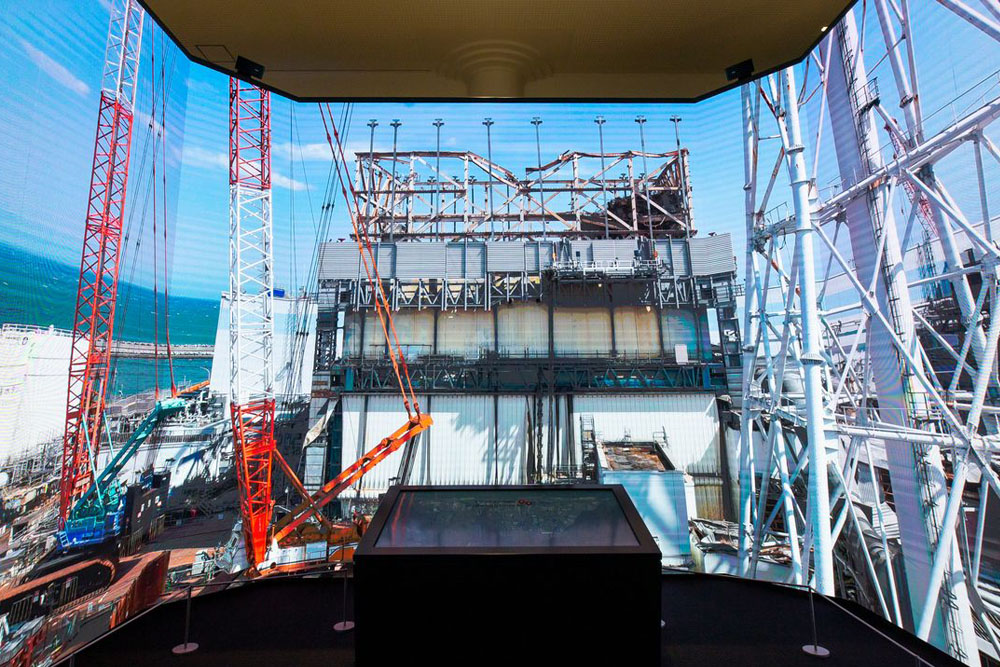
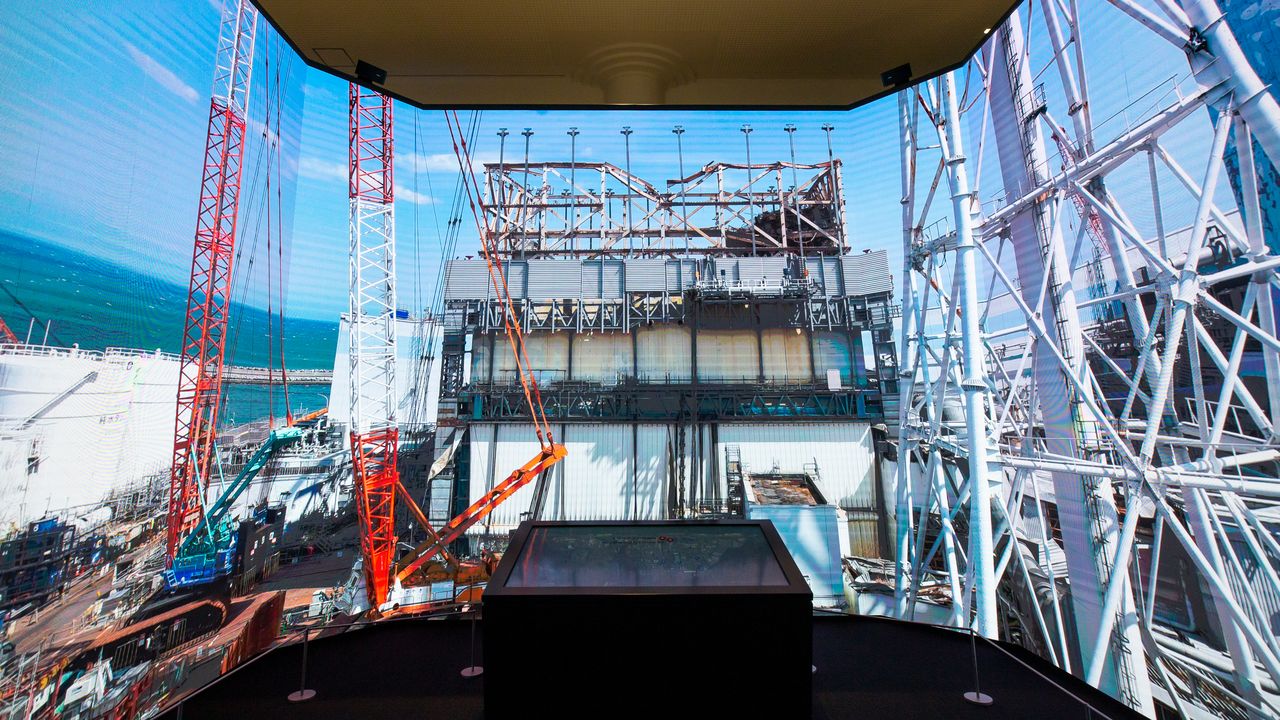 |
[IMPORTANT] Avoid wearing tank tops/short sleeves, short trousers, and bare feet with sandals. You will not be able to enter the power station site.
Although the Fukushima Daiichi Nuclear Power Plant has been decontaminated, it is still an accident site. When visiting the plant, you will be entering a radiation-controlled area, so it is necessary to prevent radioactive substances from adhering to bare skin. Please wear clothing that does not expose bare skin when on the power station premises.
Source
https://www.tif.ne.jp/jp/spot.html?spot=4824
https://journal.meti.go.jp/p/19831/
https://www.tepco.co.jp/fukushima_hq/decommissioning_ac/
https://www.enecho.meti.go.jp/about/special/johoteikyo/fukushima2021_02.html
Escape to the natural beauty of Asahi town in Yamagata Prefecture, nestled in the heart of Japan's picturesque mountain range. This charming town boasts an authentic Japanese landscape, complete with verdant rice fields and meandering rivers, offering a unique travel experience. The town itself is an eco-museum.
Don't miss out on visiting the "Air" shrine with art installations. Immerse yourself in the local, sustainable lifestyle and indulge in some delicious apple picking, sip on wines from the local winery, or pay a visit to the ostrich farm for a unique animal encounter.
For a truly awe-inspiring experience, marvel at the rice terraces and be transported to a simpler time. To top it all off, take a leisurely stroll to the floating island in the serene lake, and let the breathtaking views soothe your soul.
23rd (Wed) Aug
Bus tour (Day Trip 9:00-18:00) moderate walk and fresh air
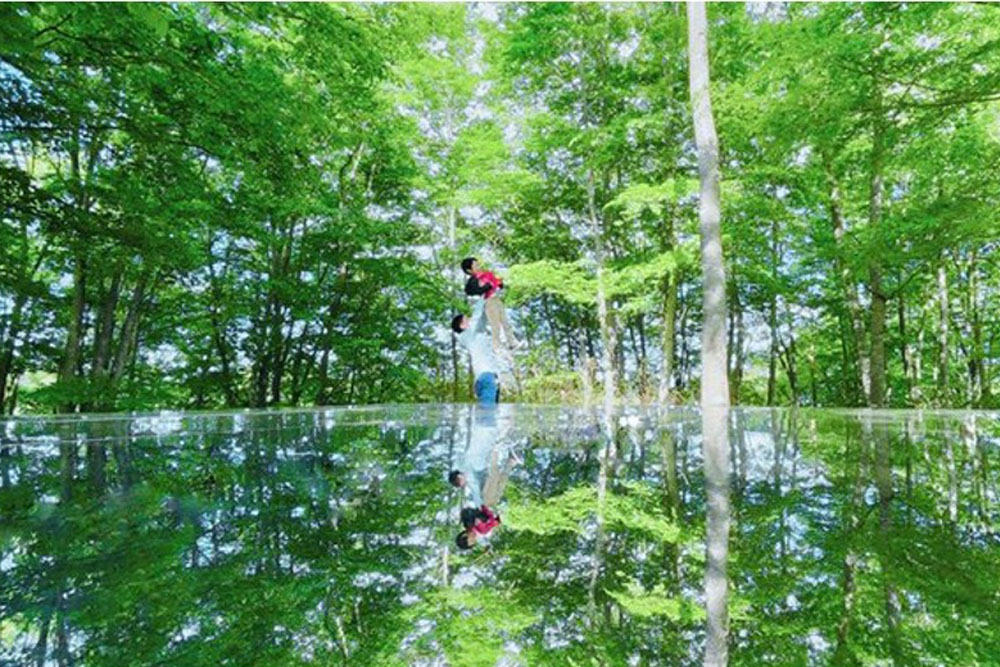
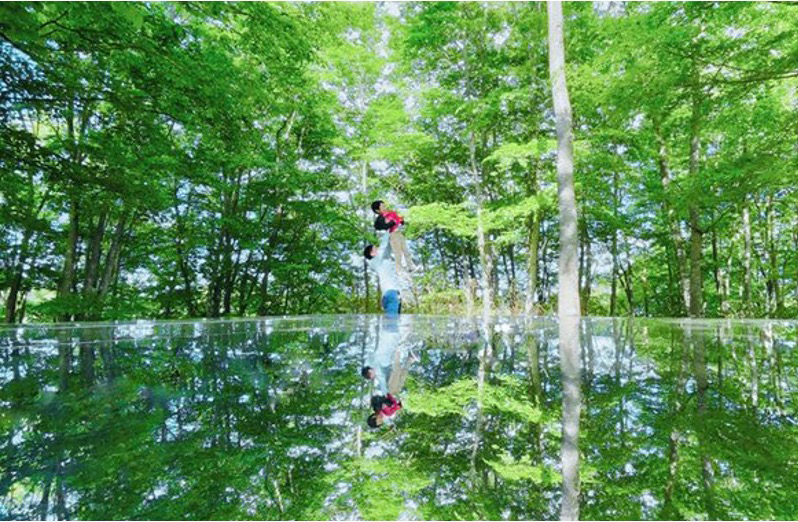 |
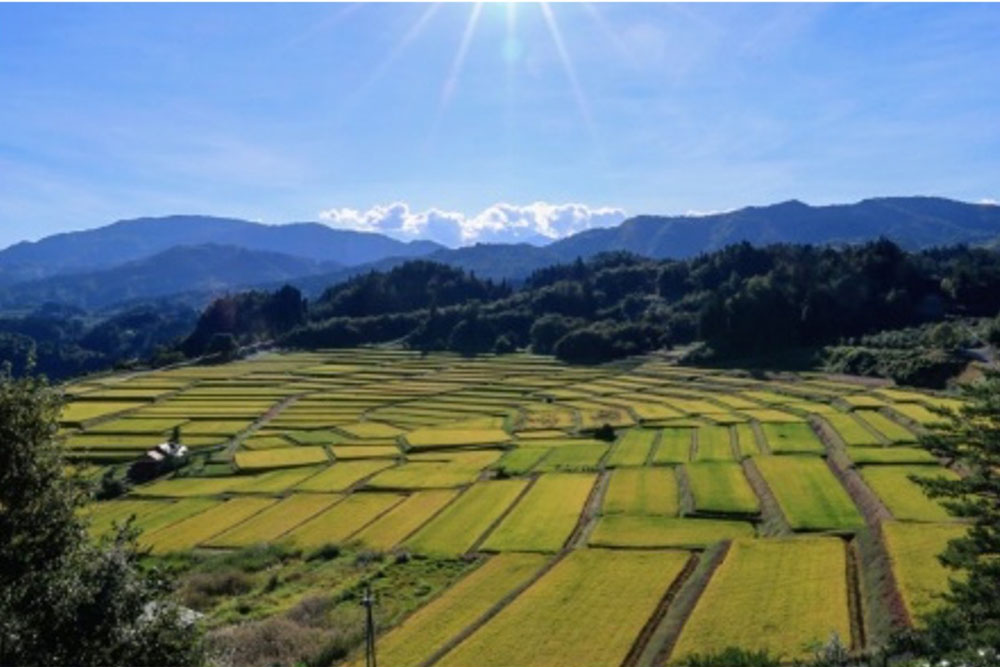
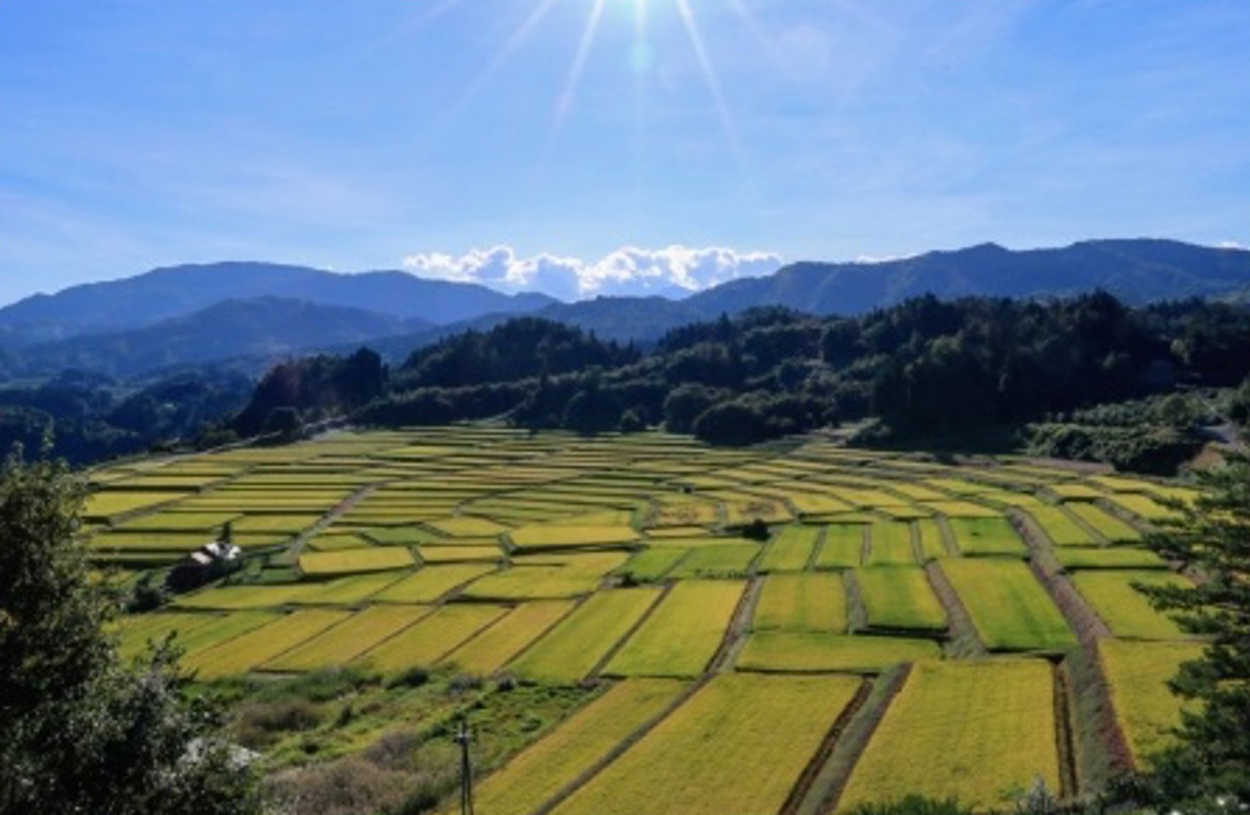 |
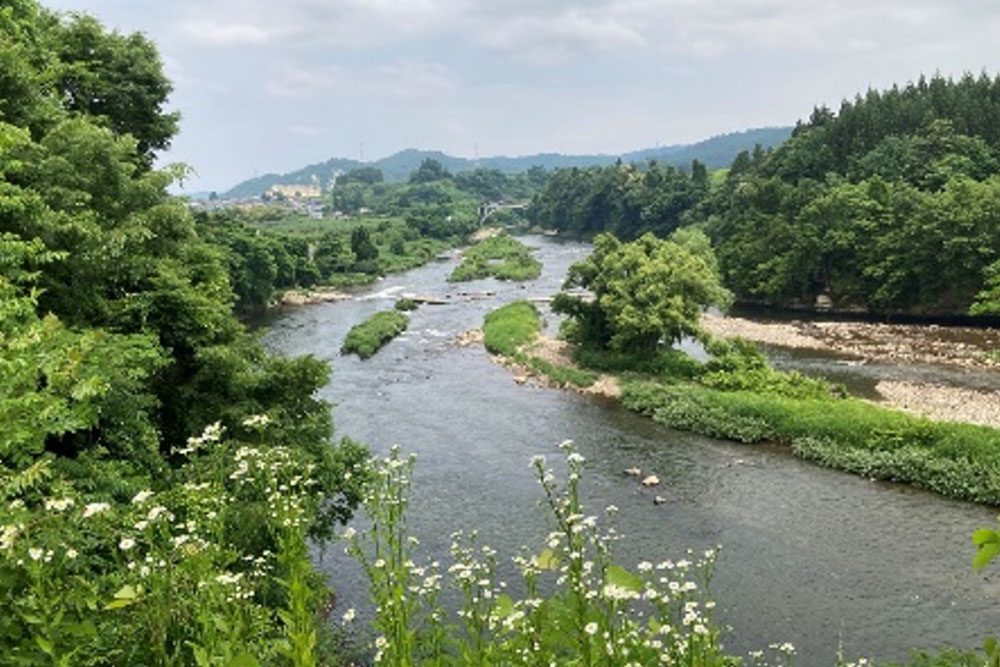
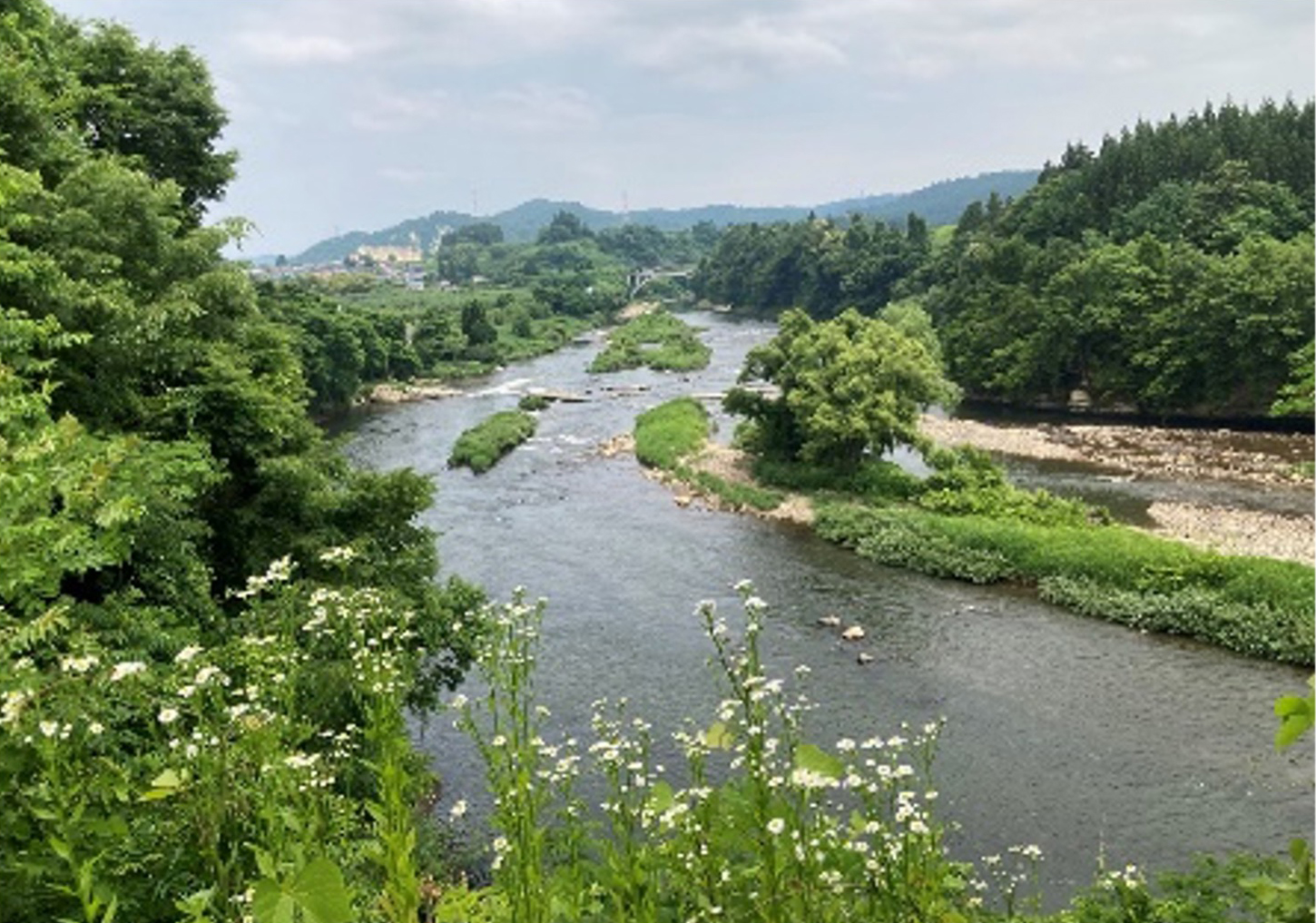 |
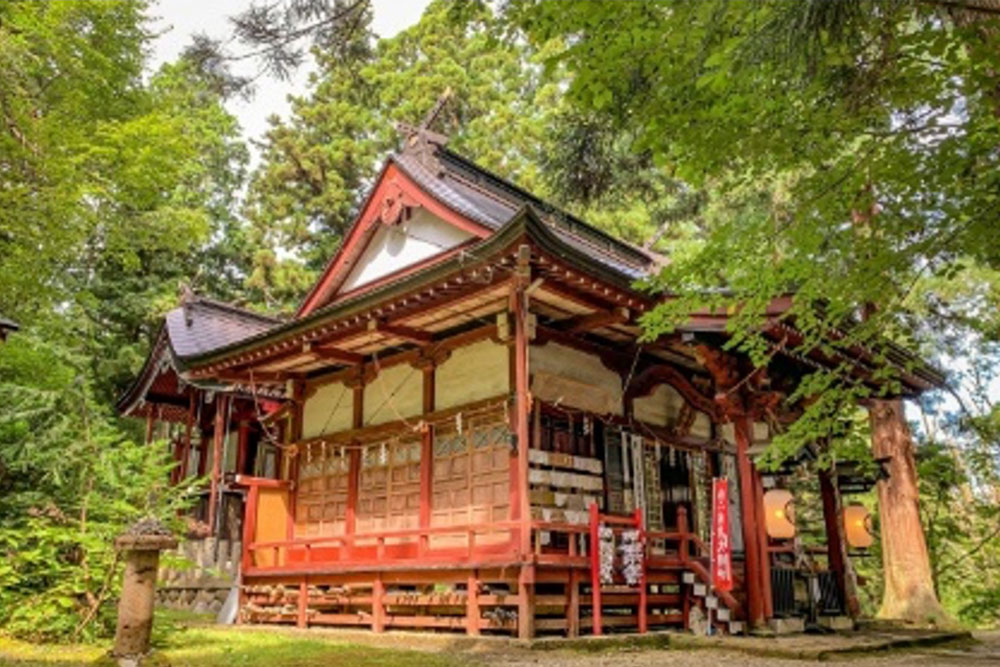
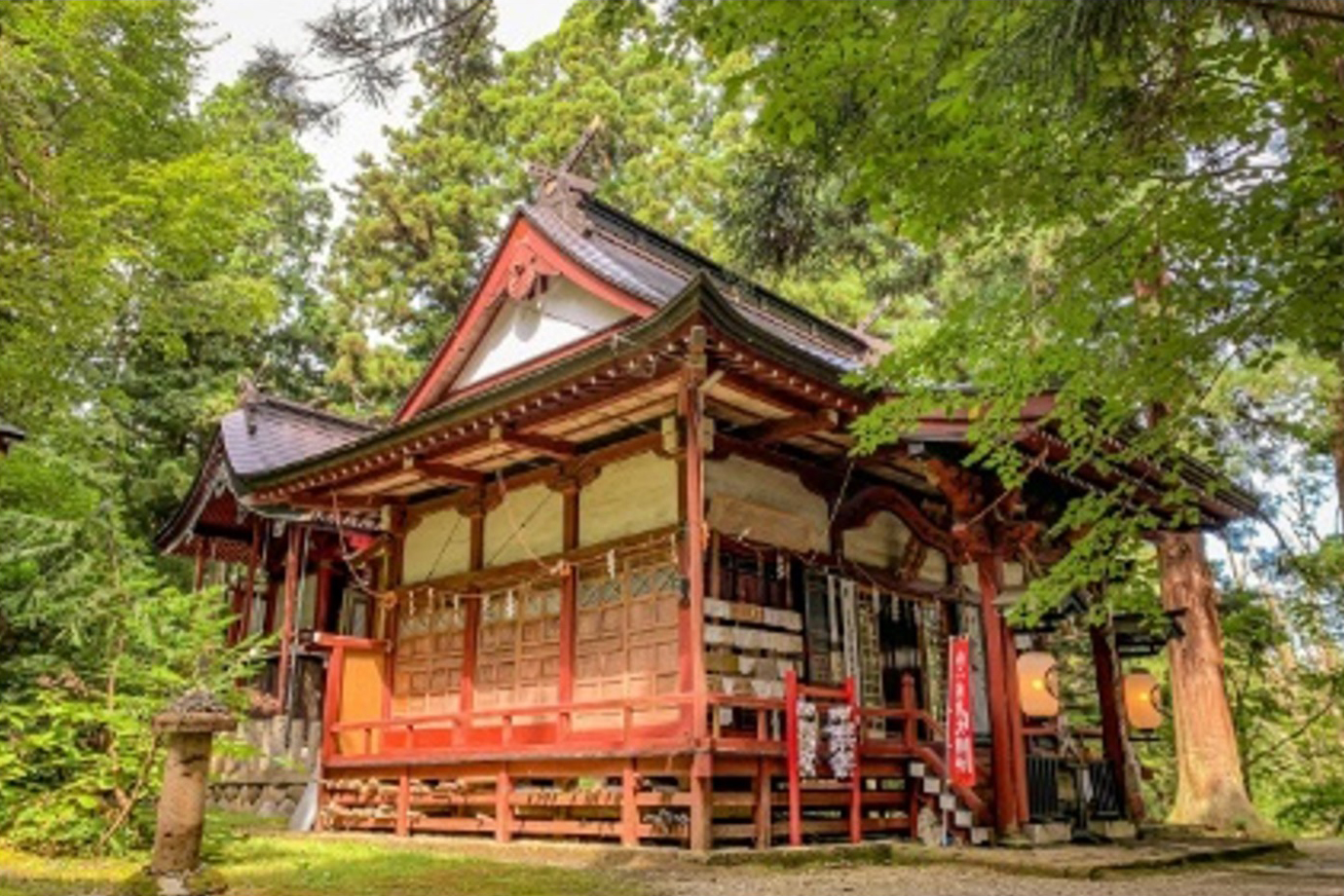 |
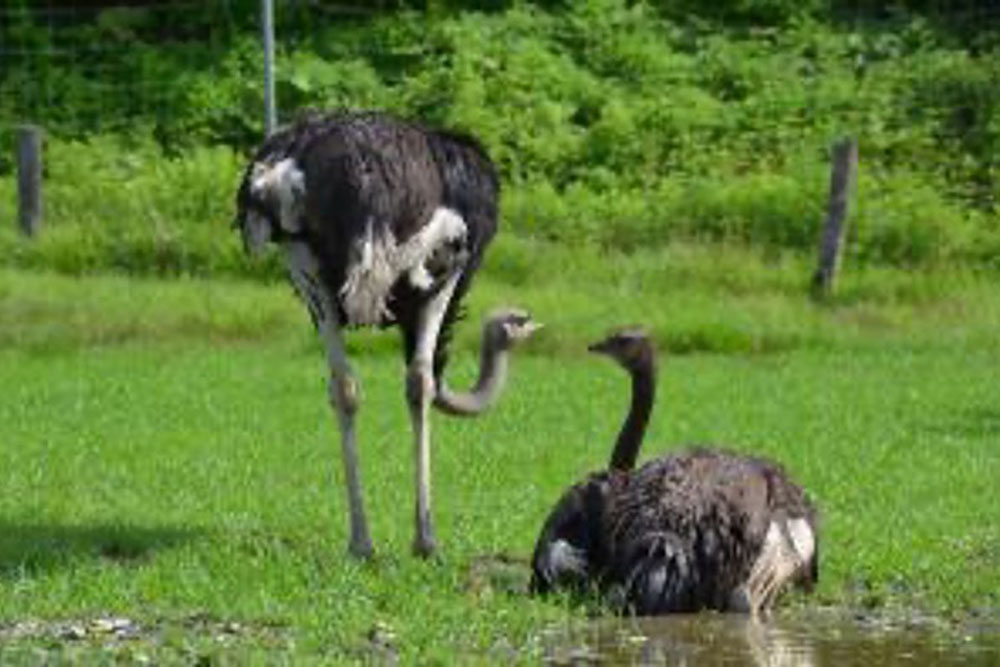
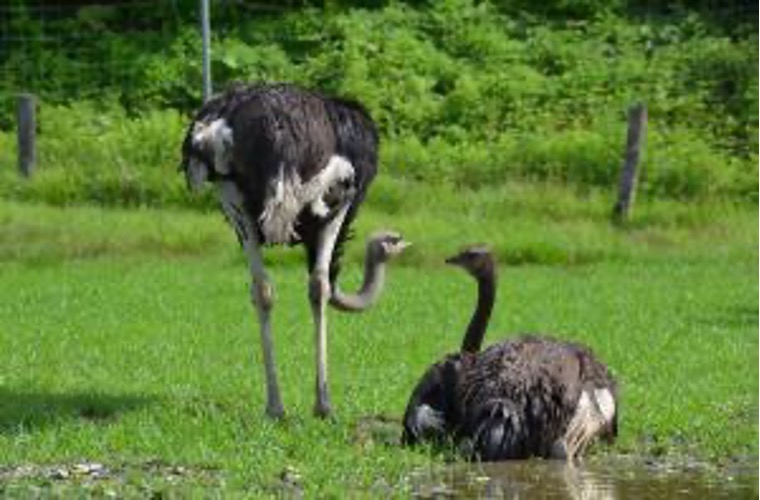 |
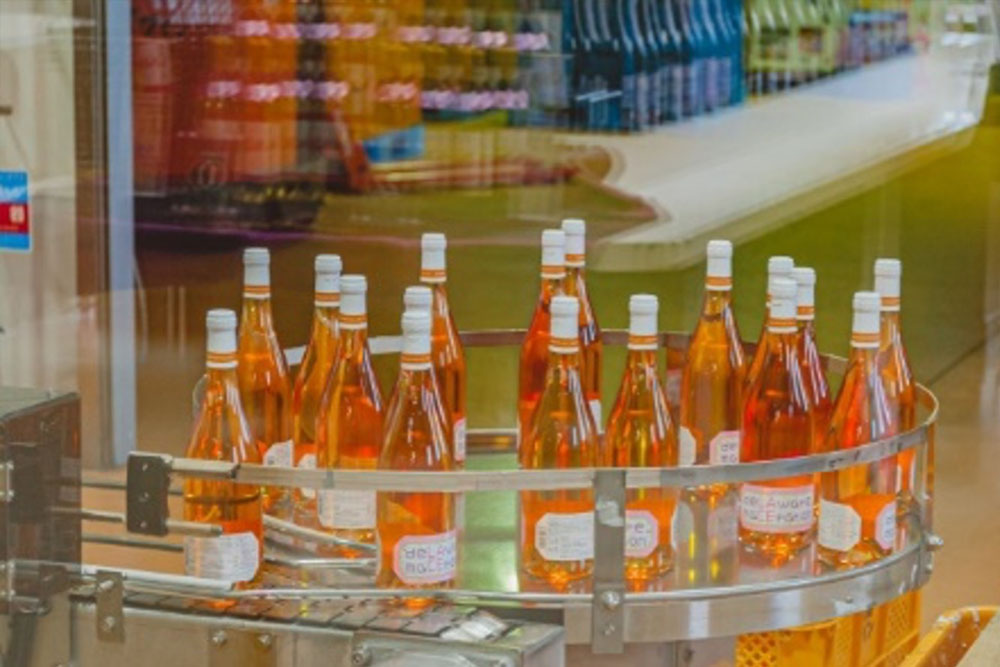
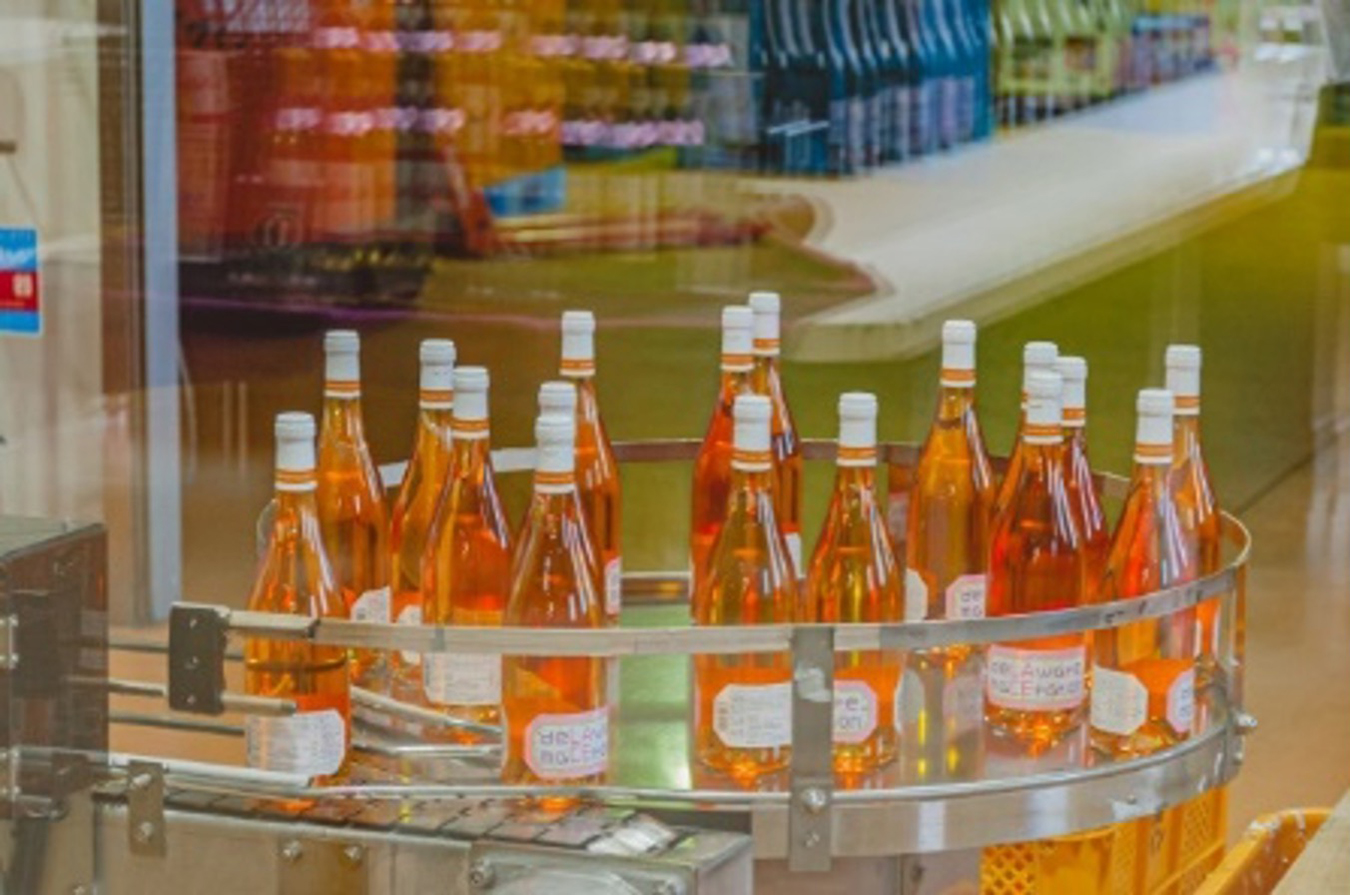 |
Further information regarding post-conference tours will be uploaded later.